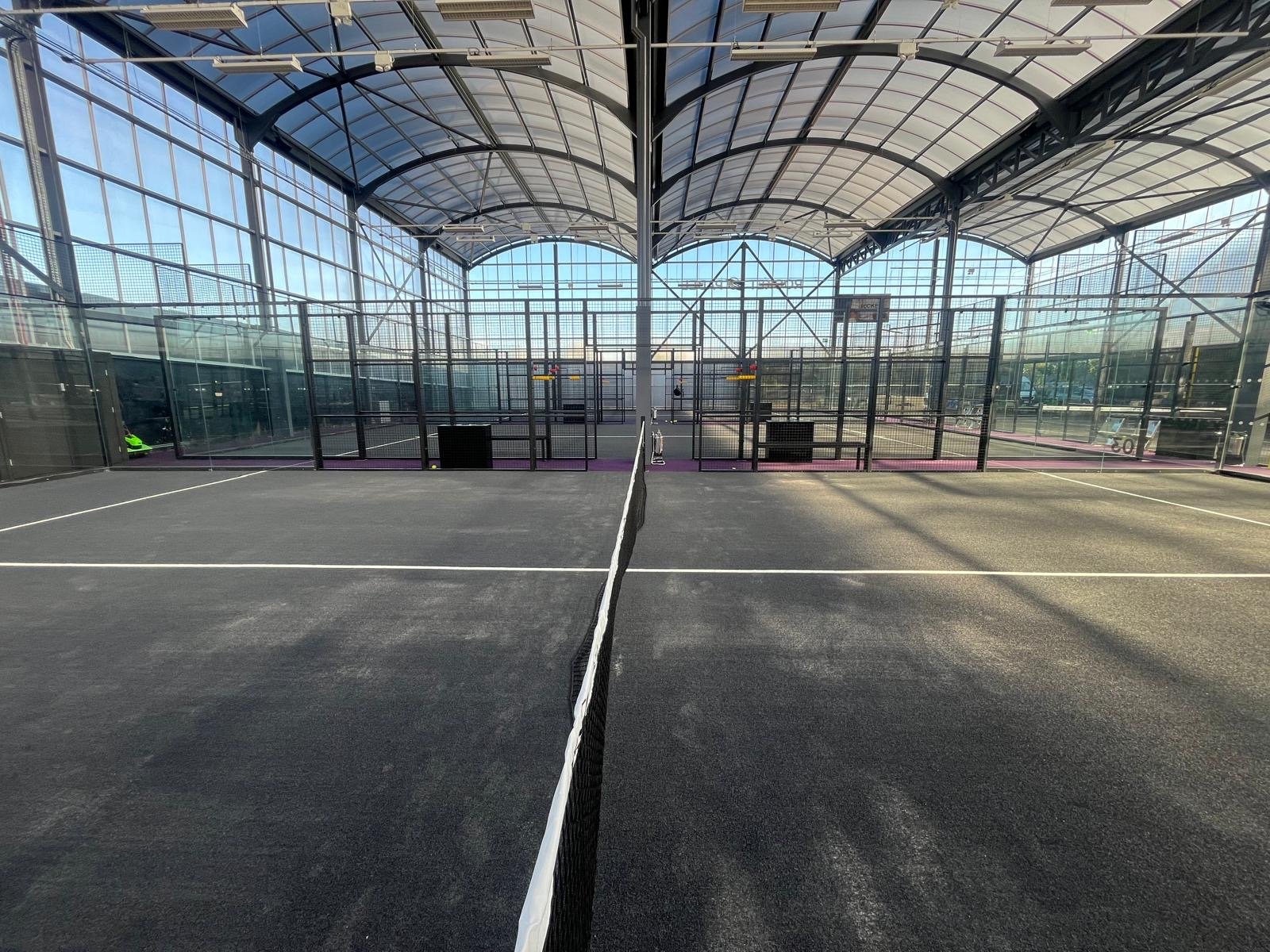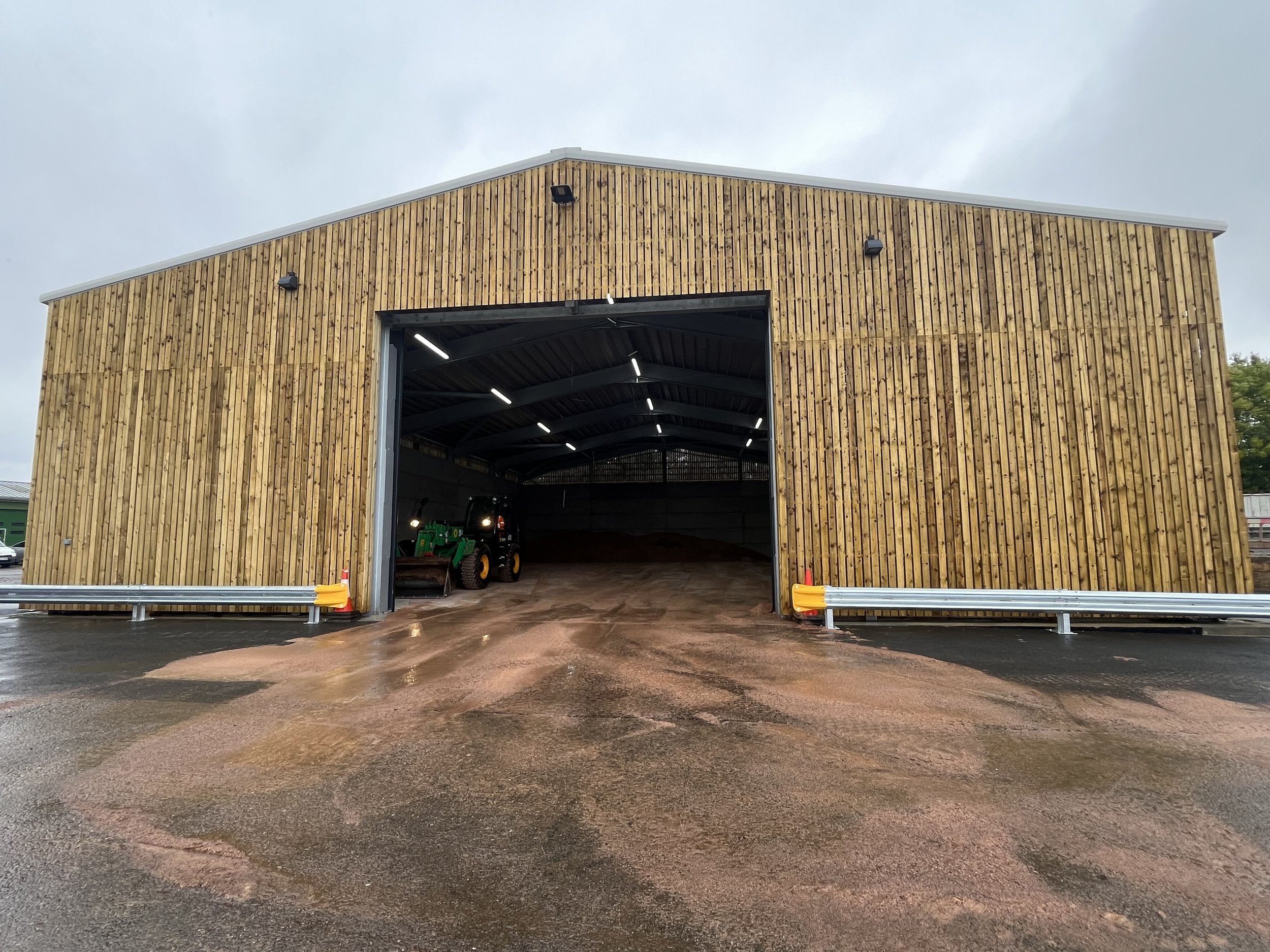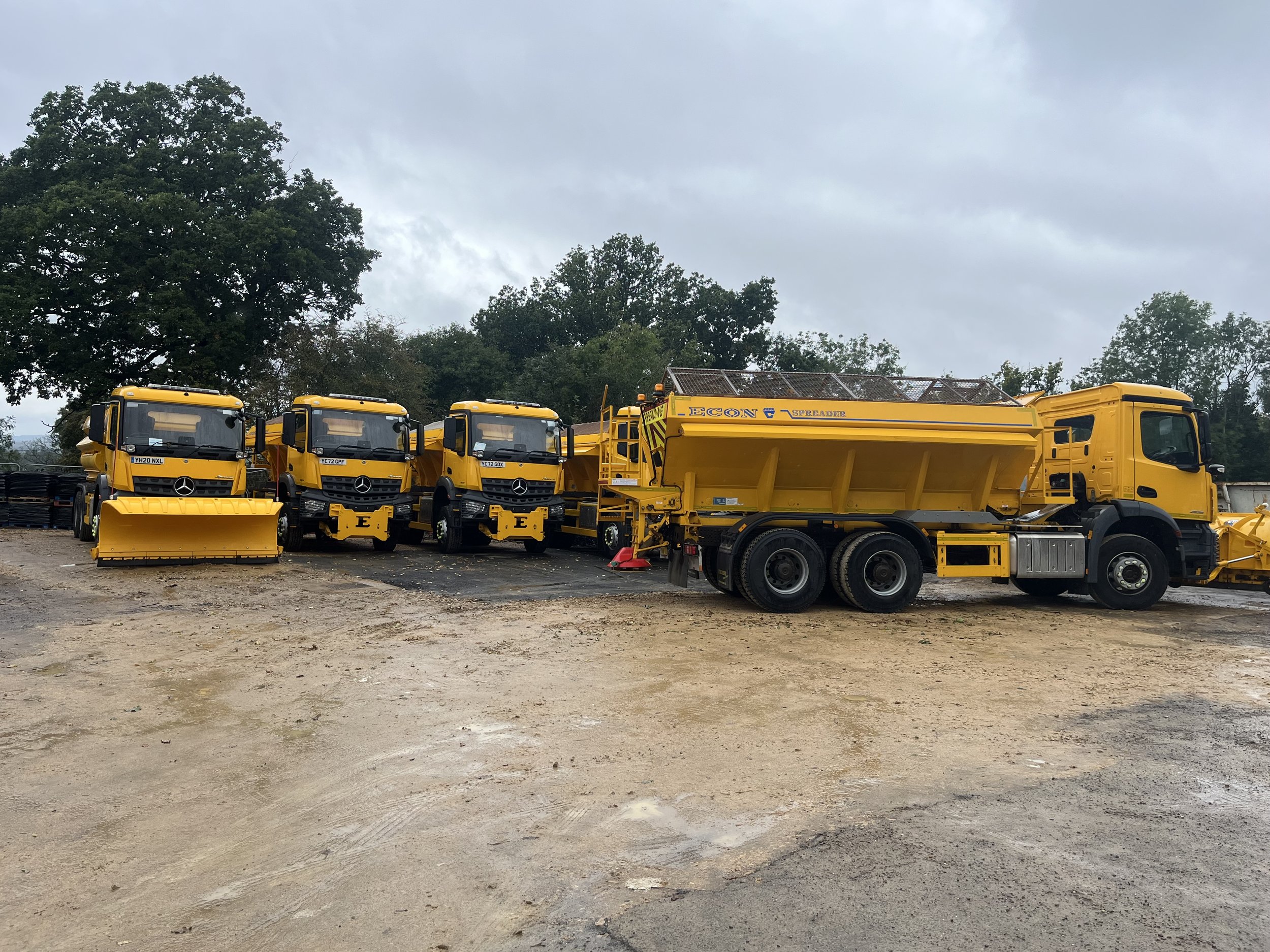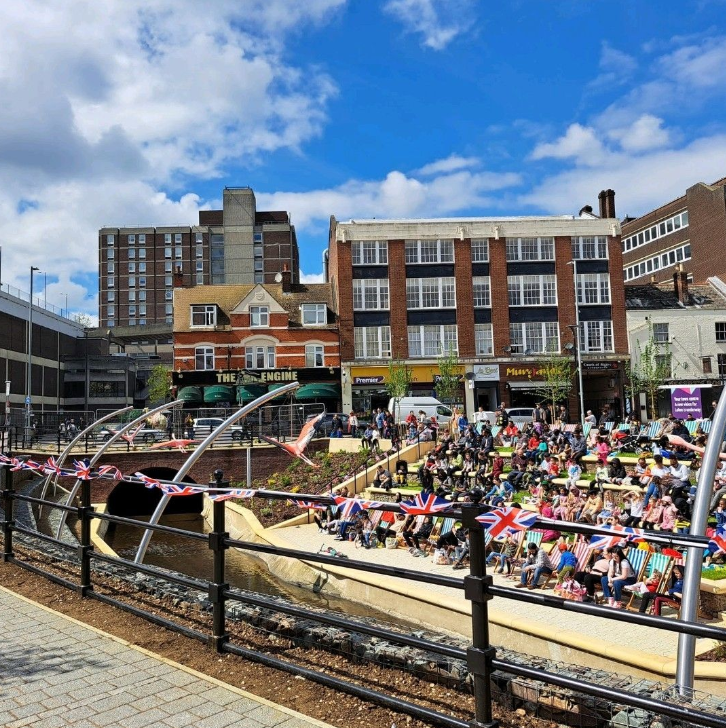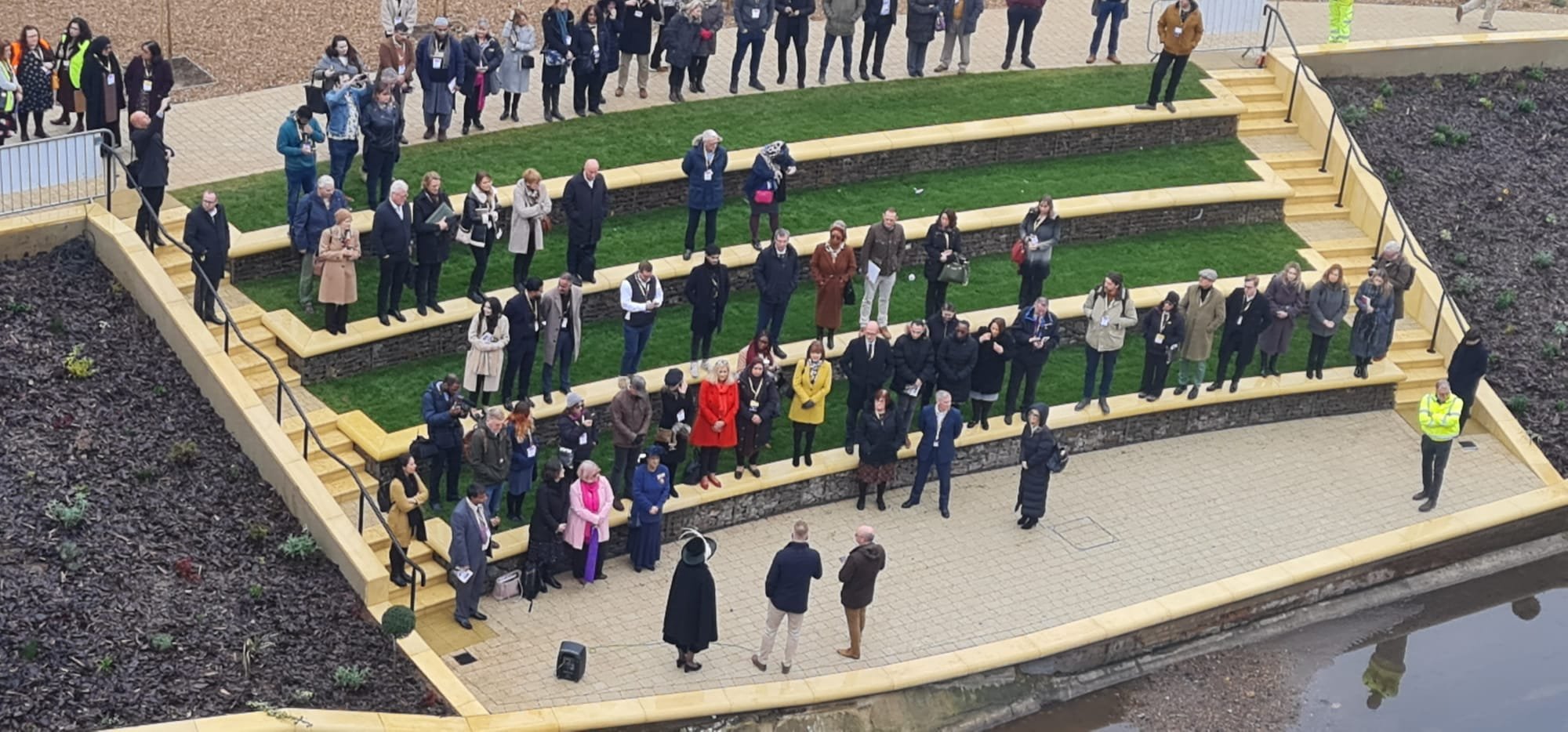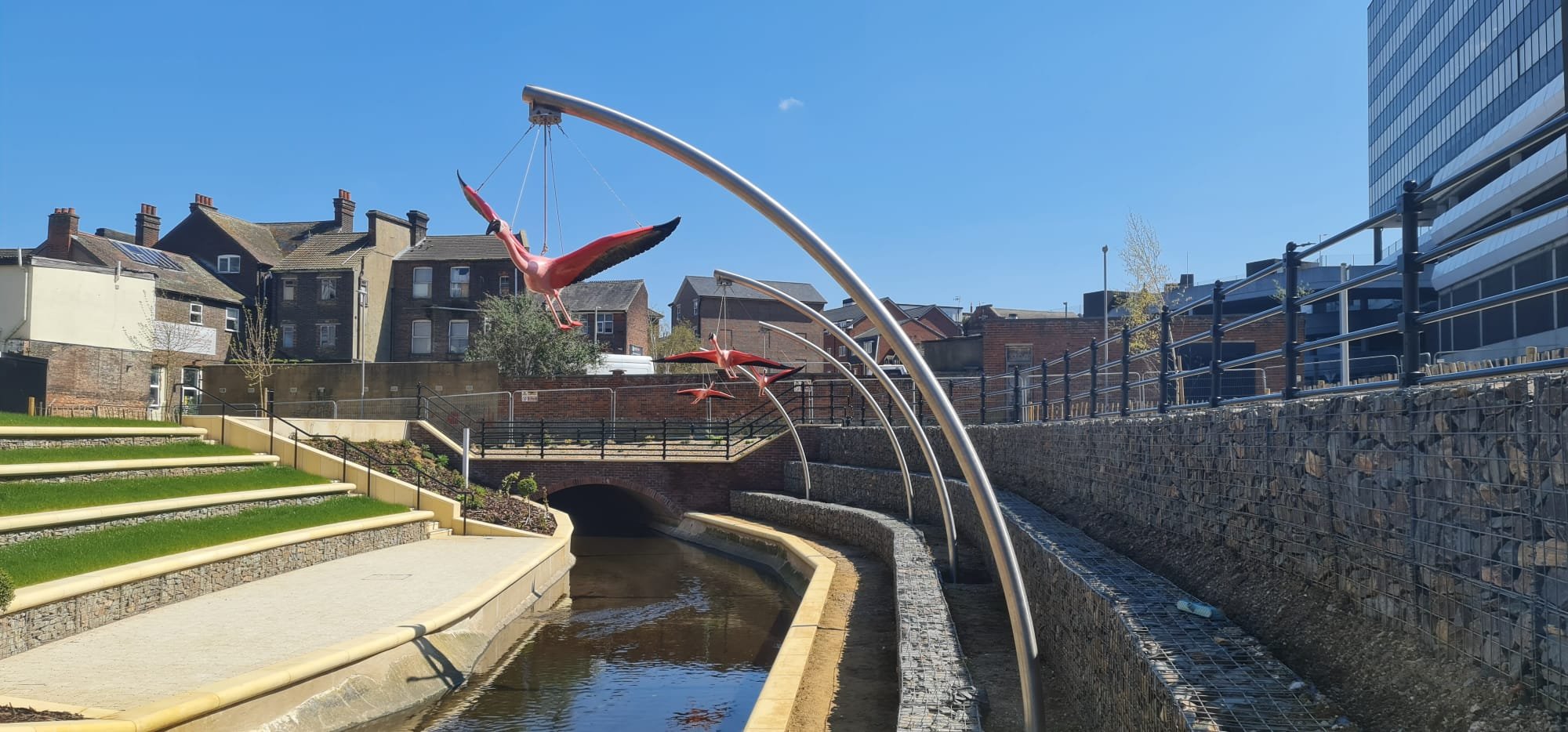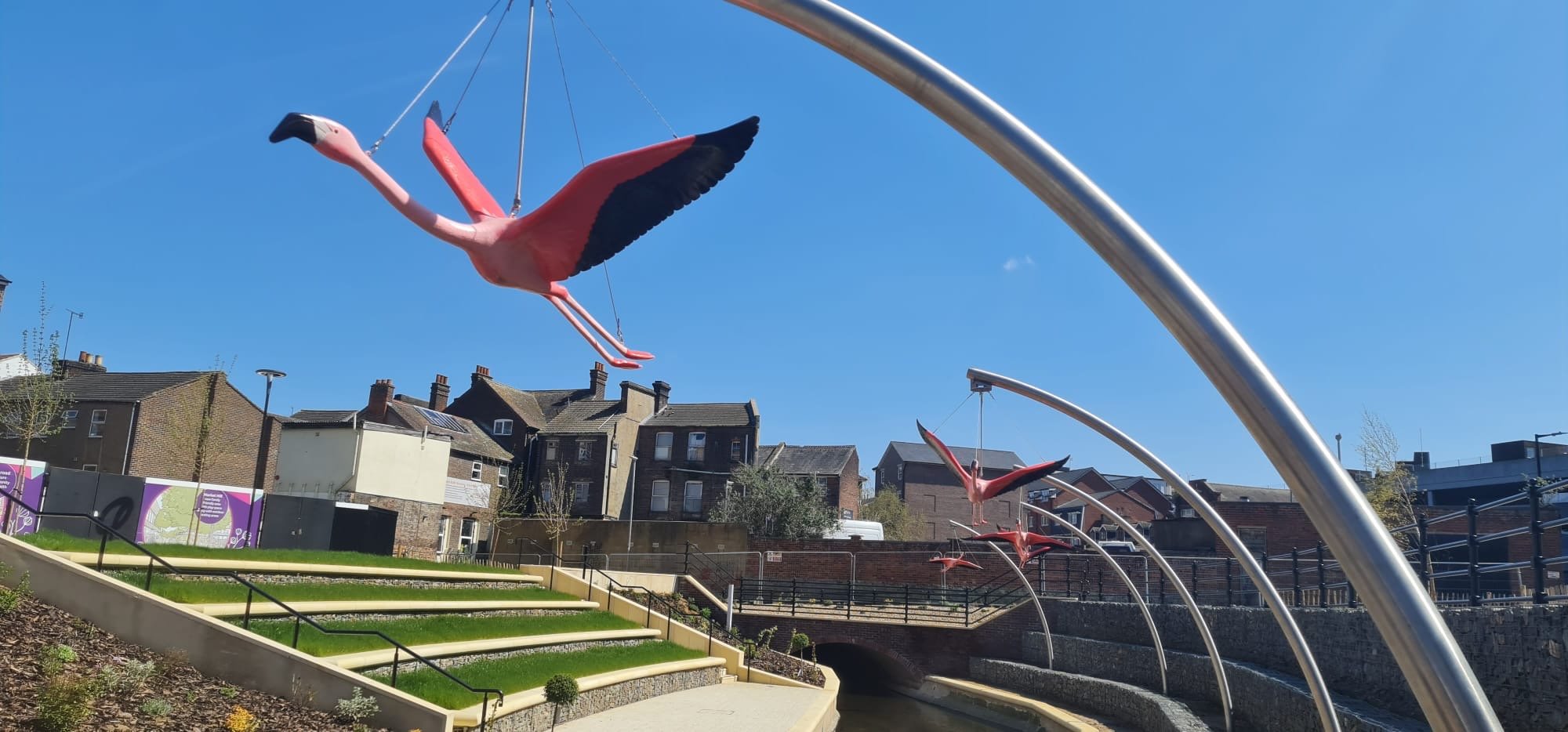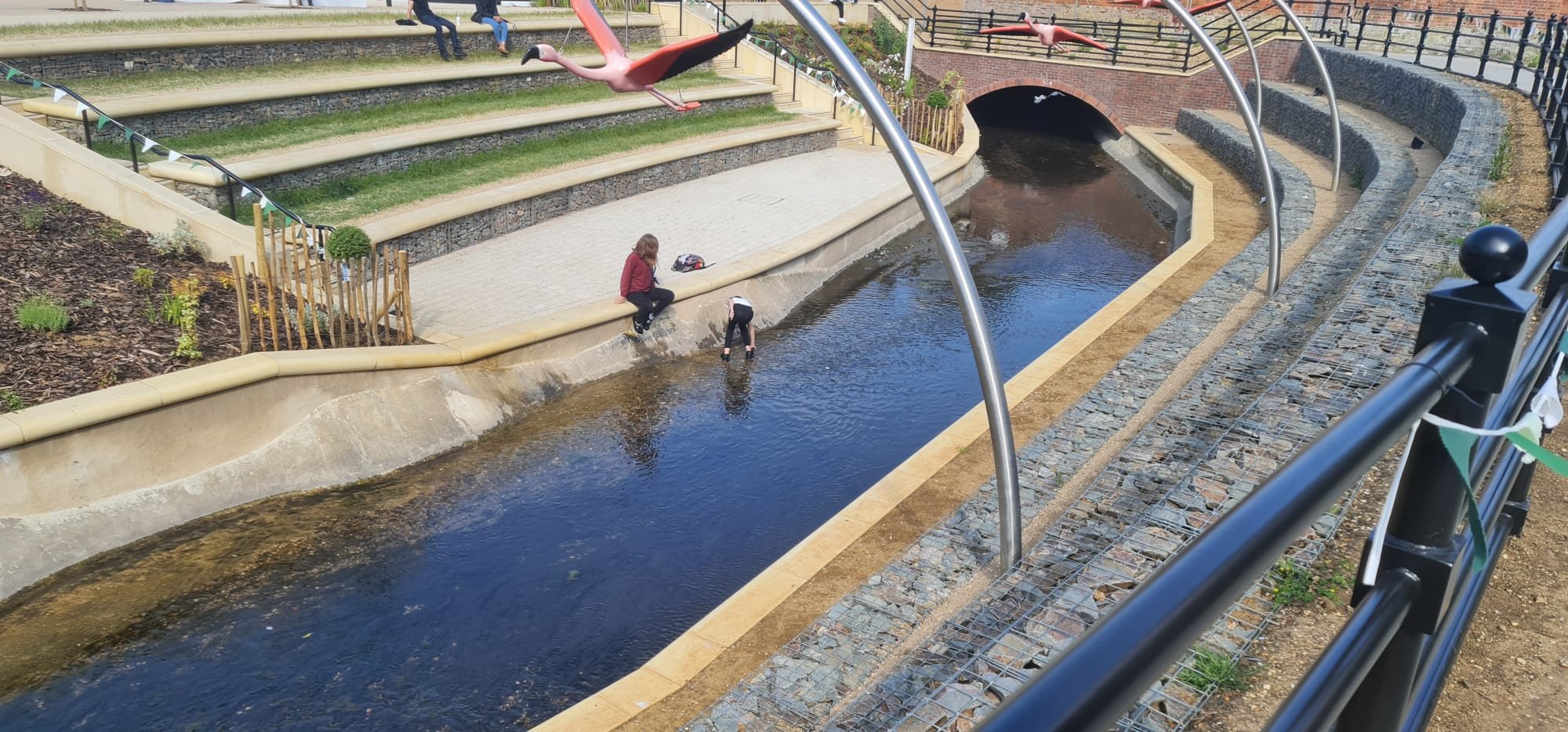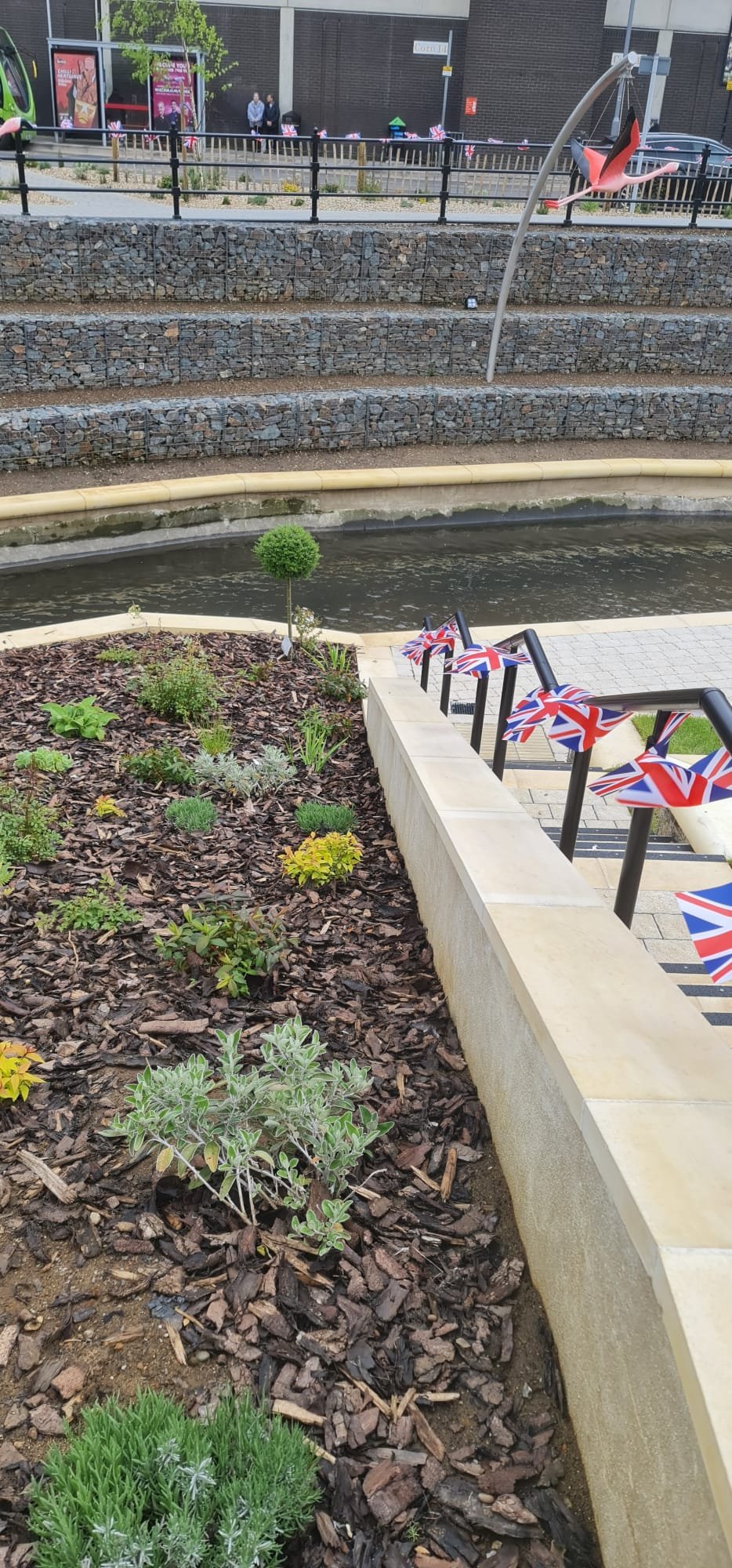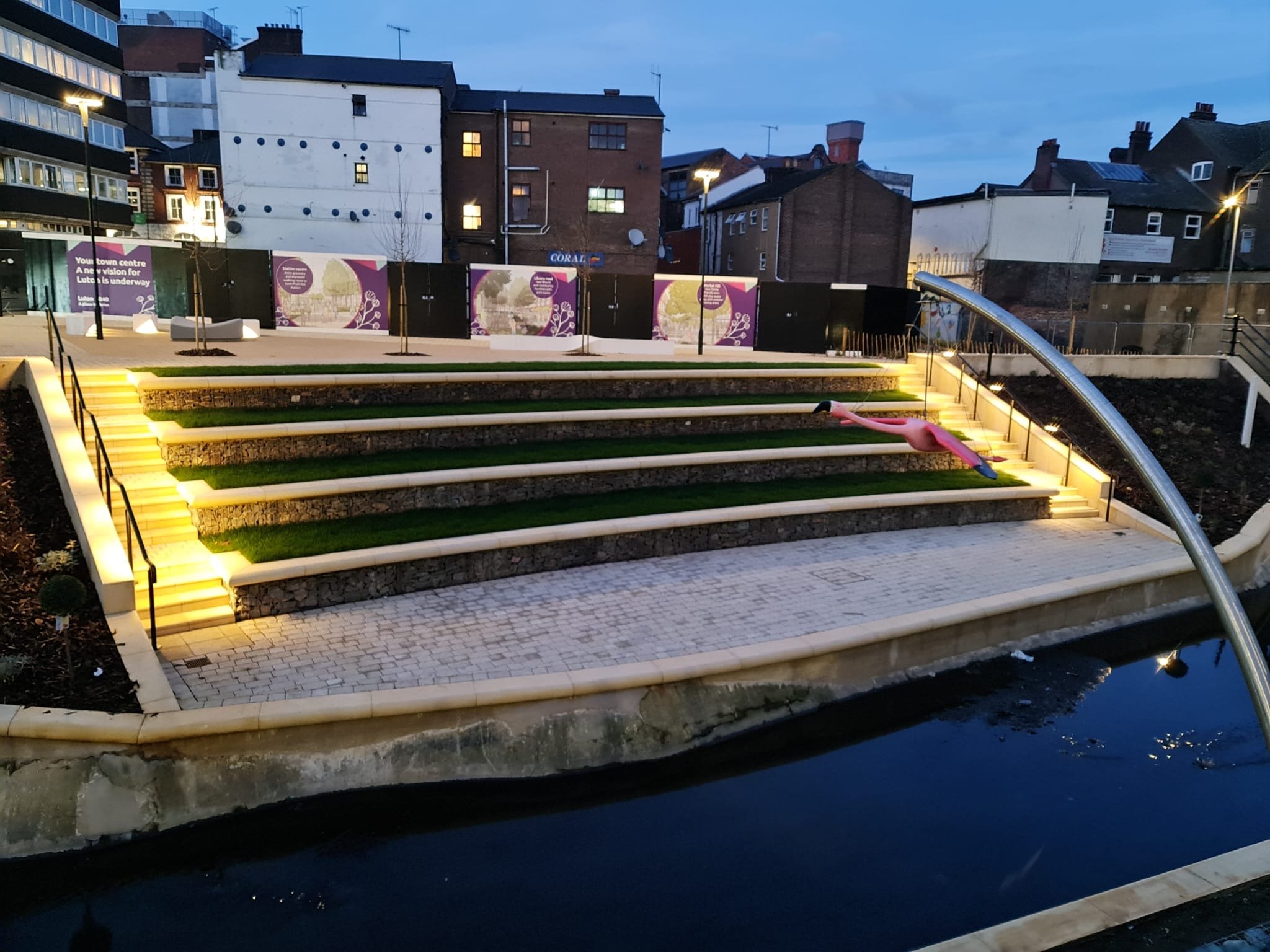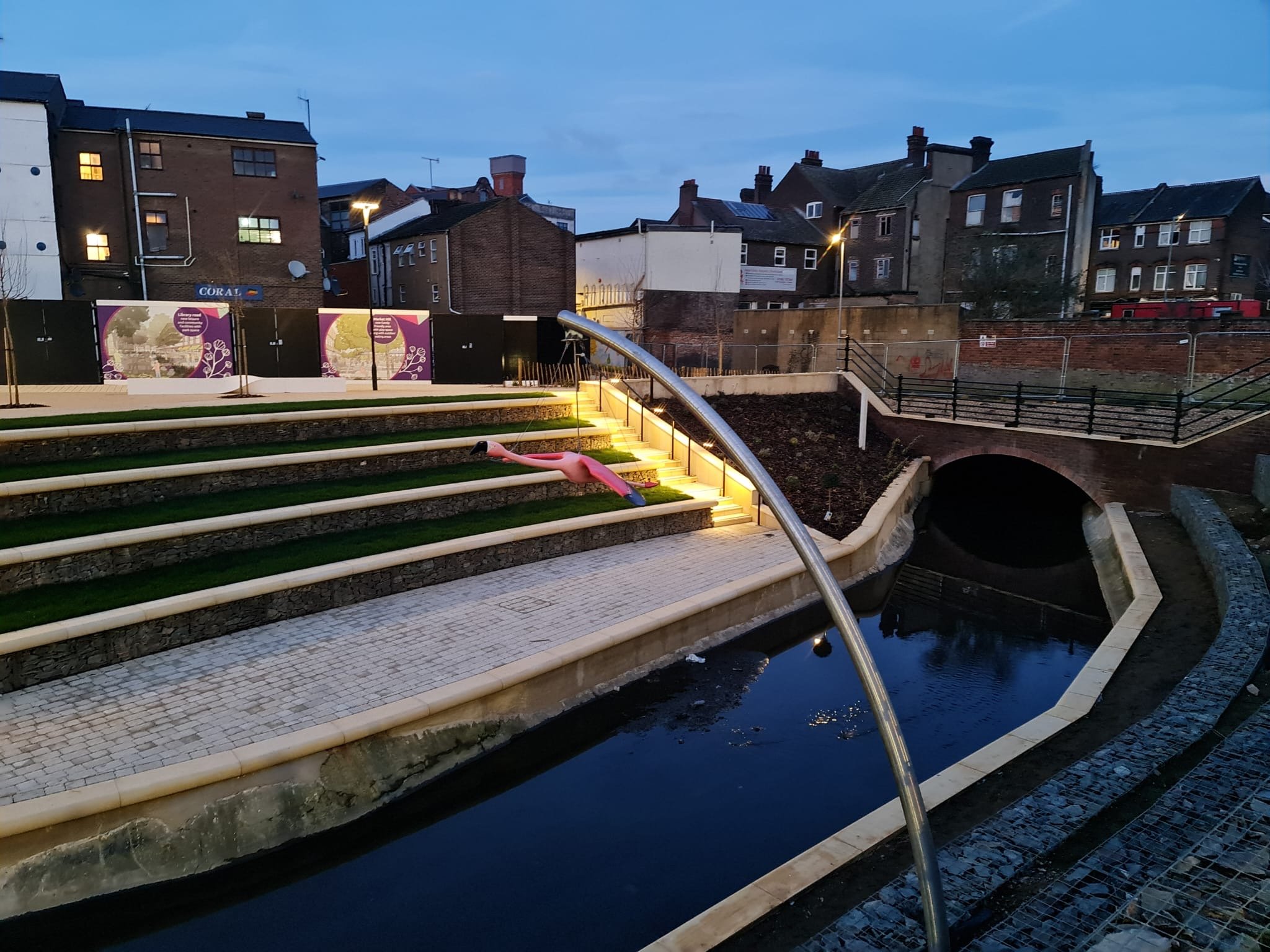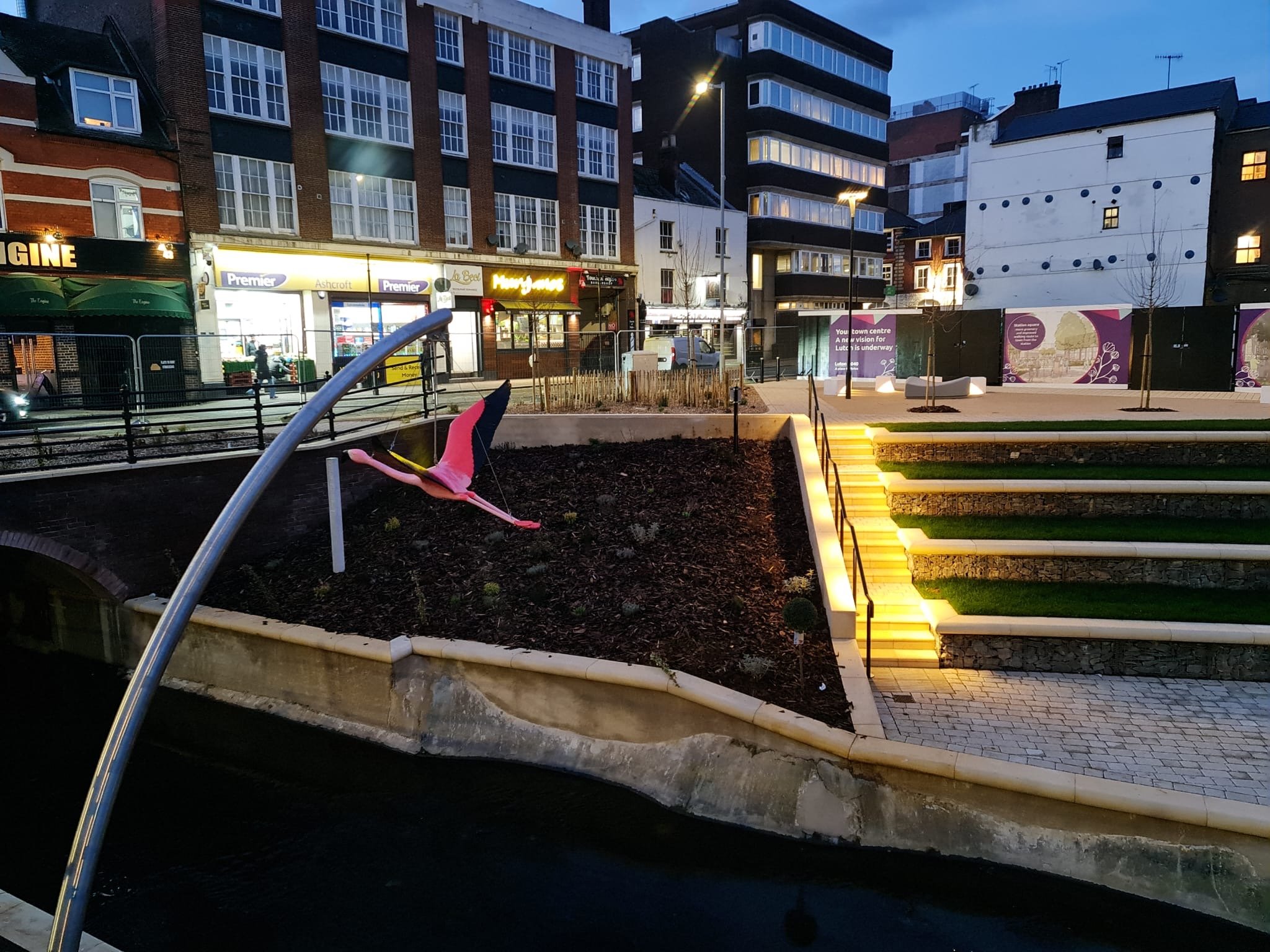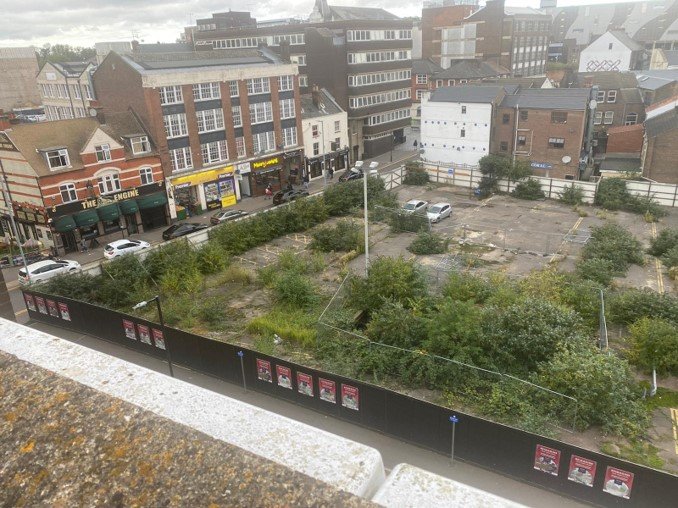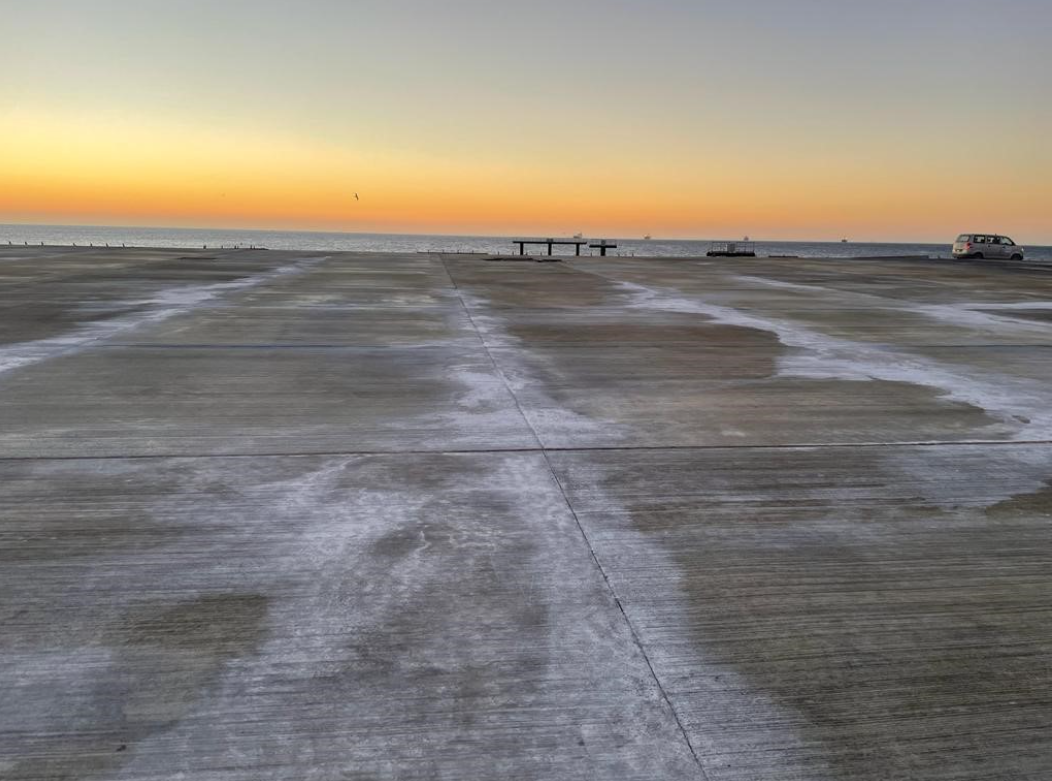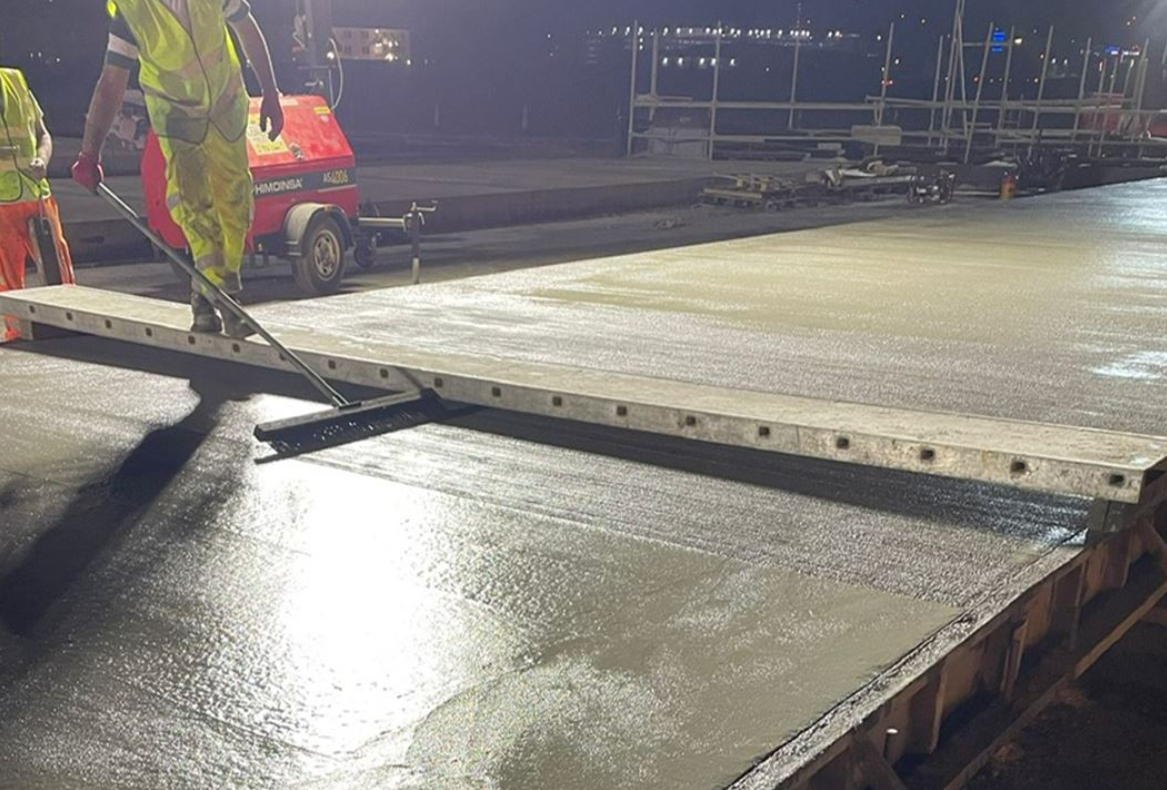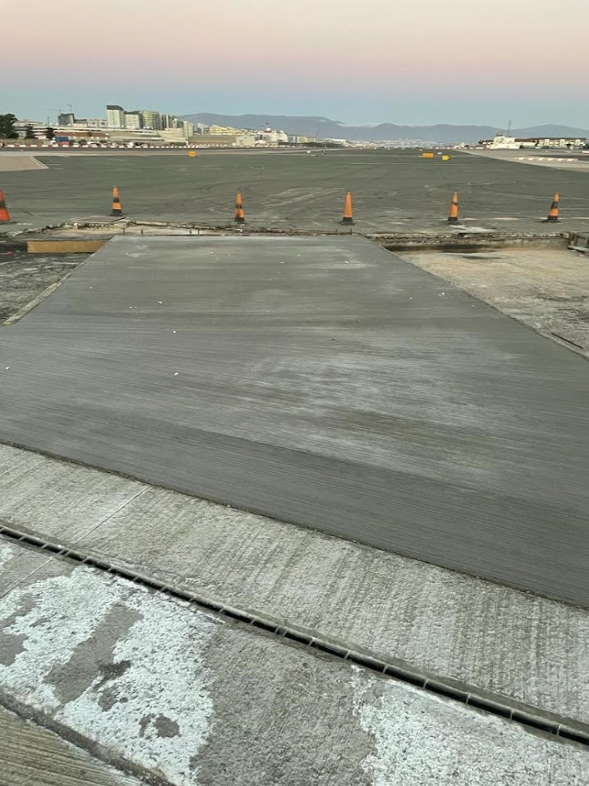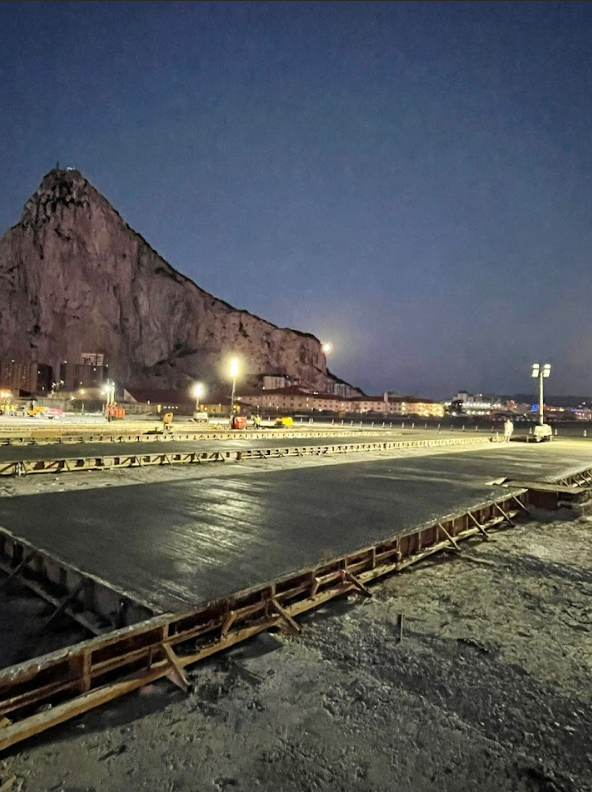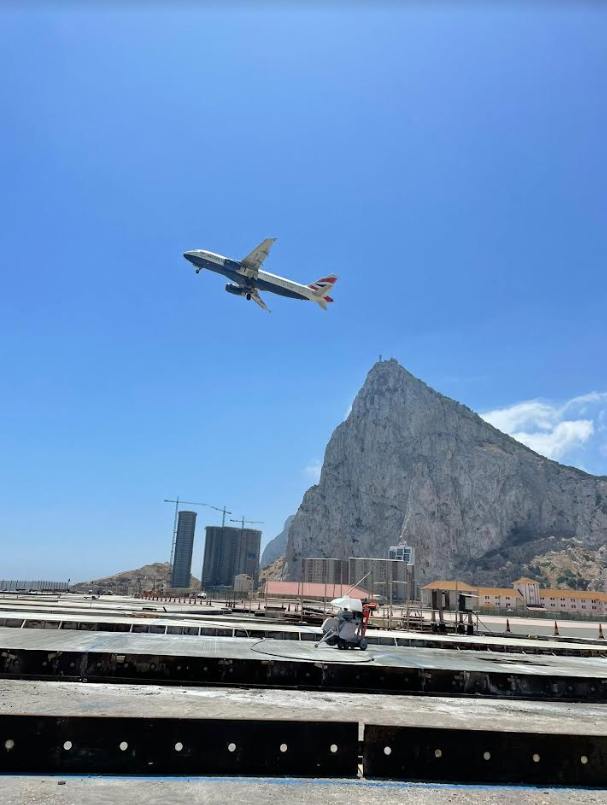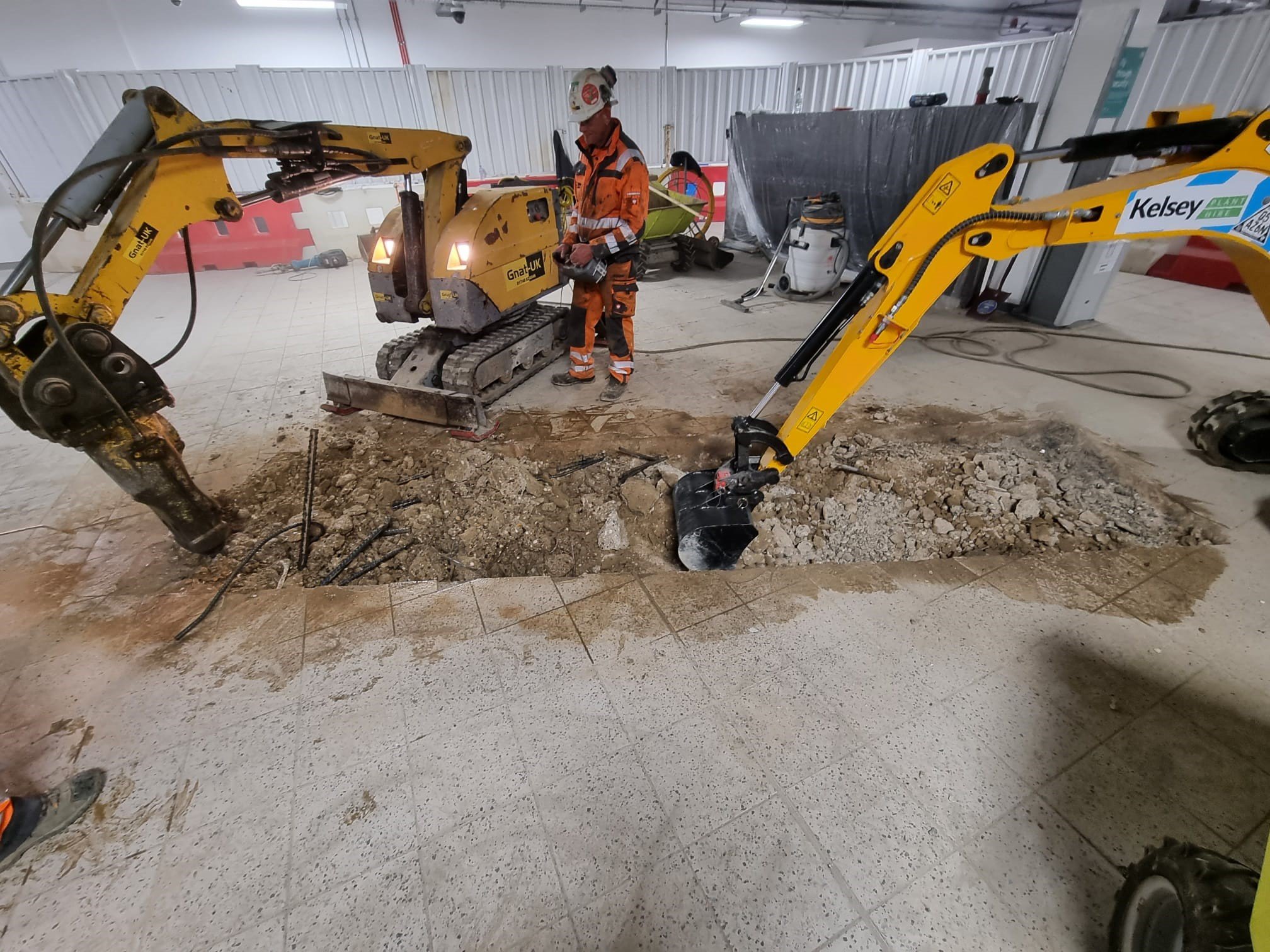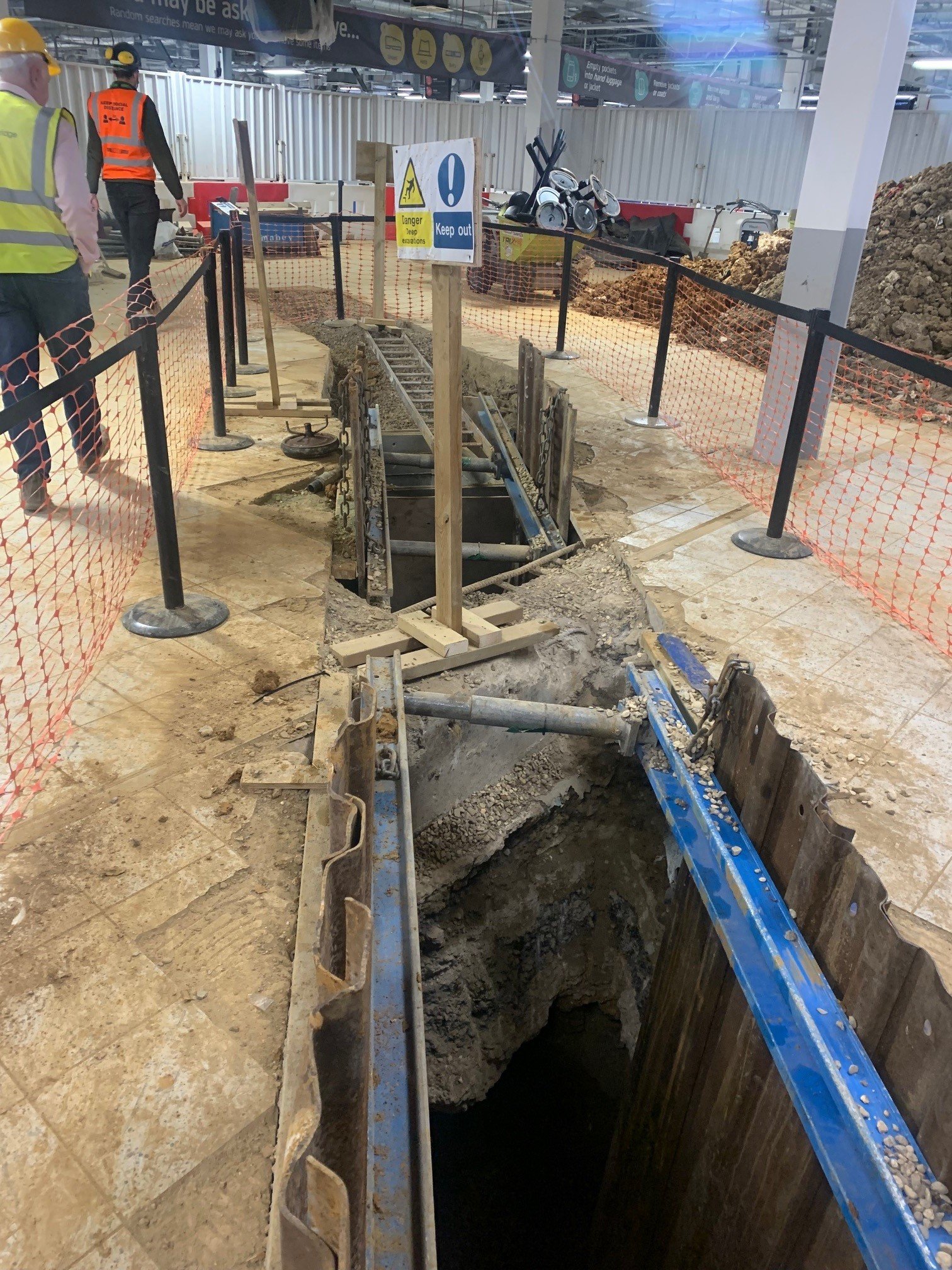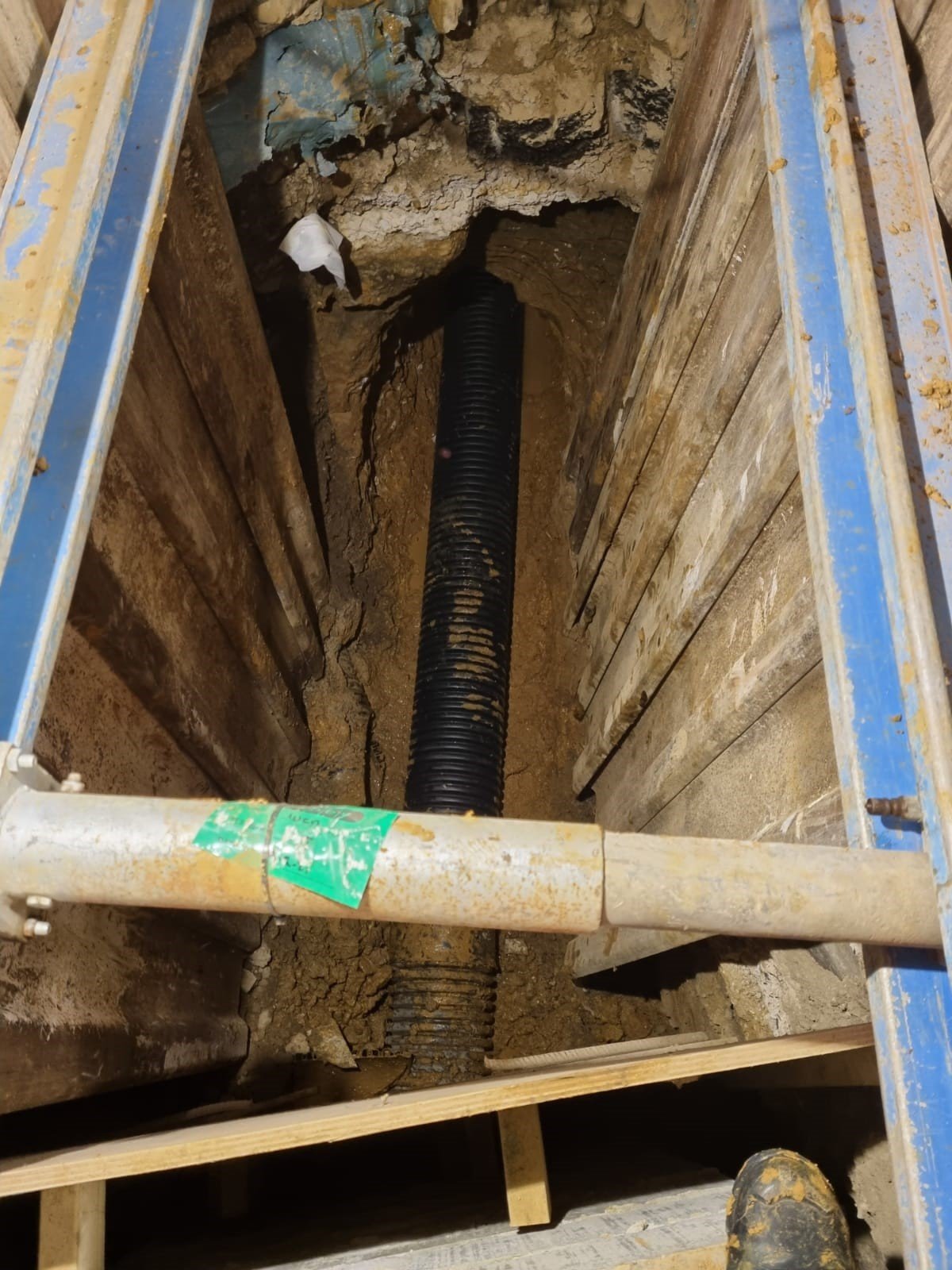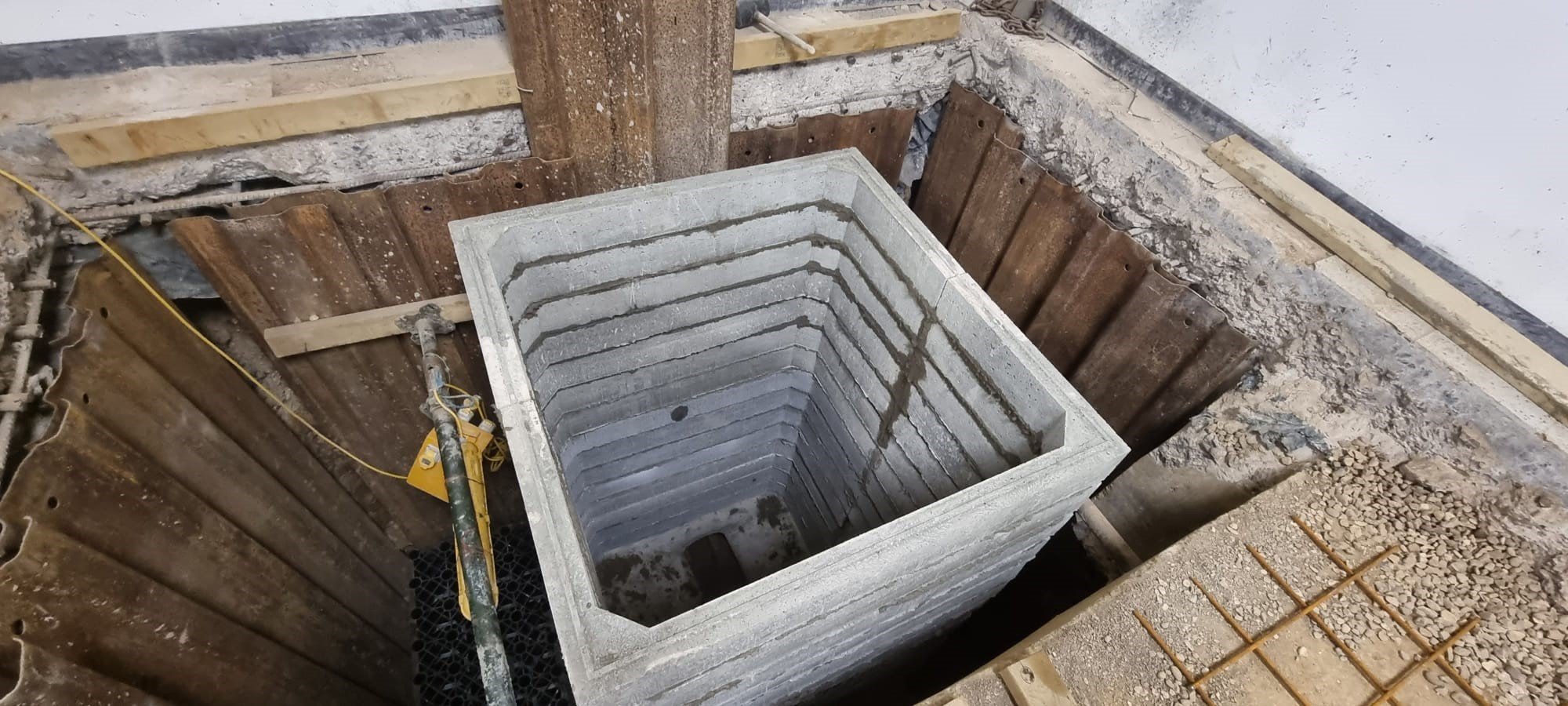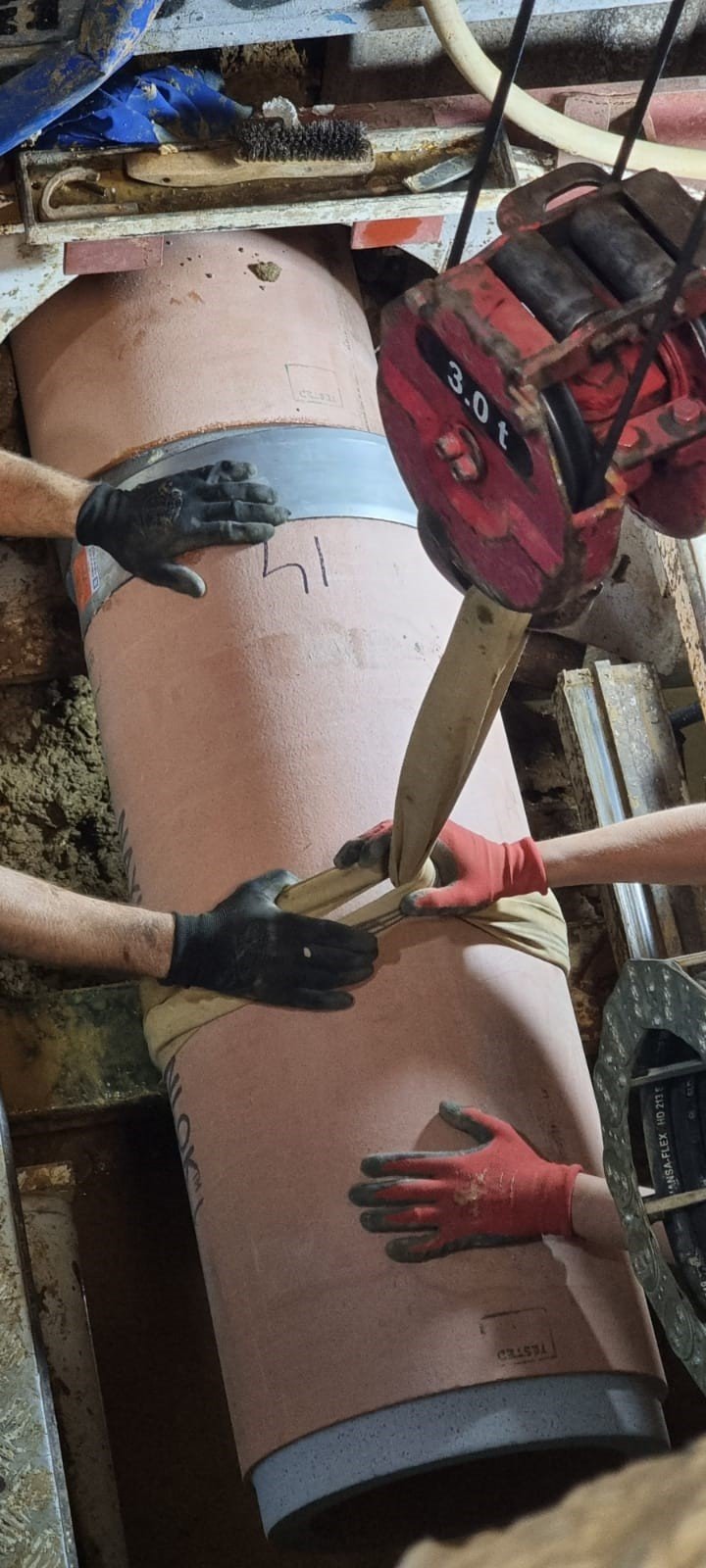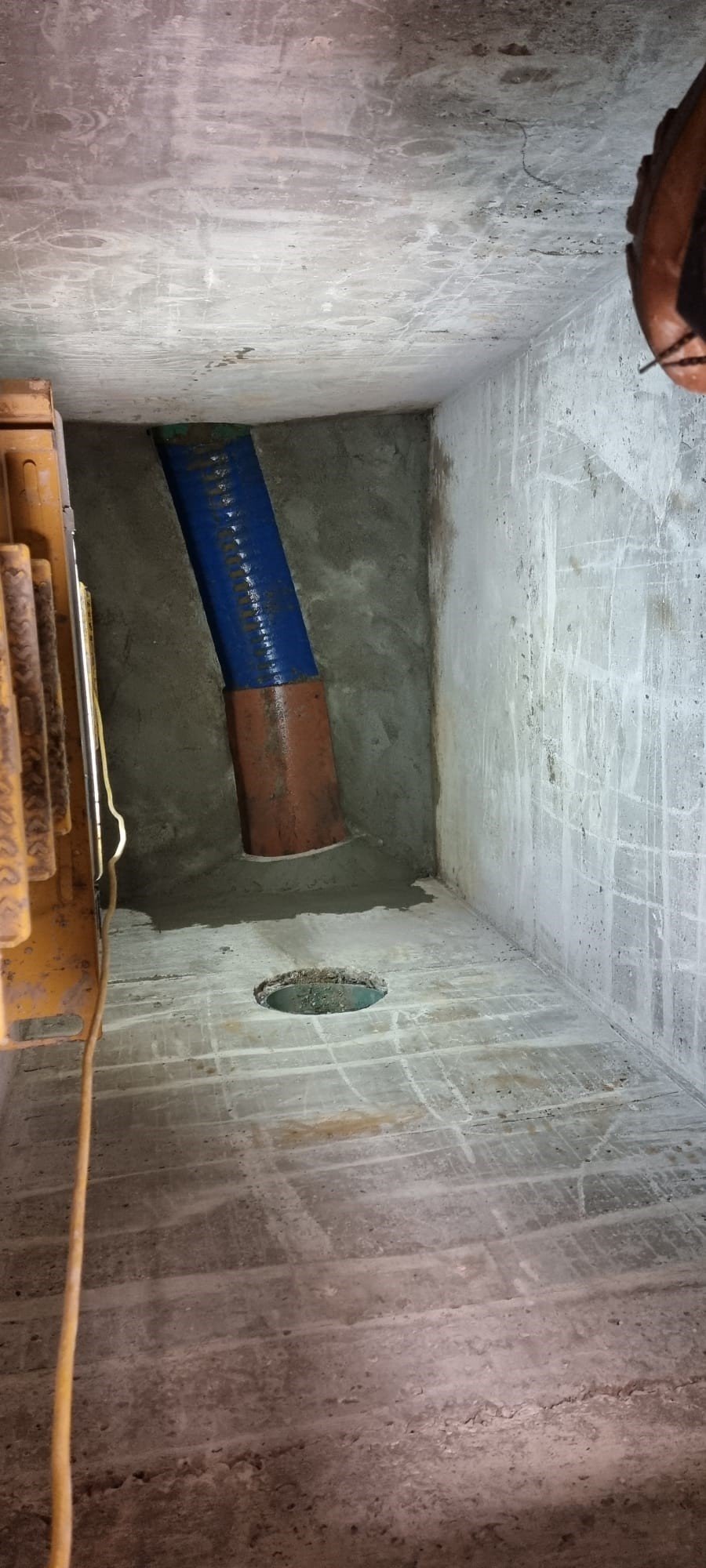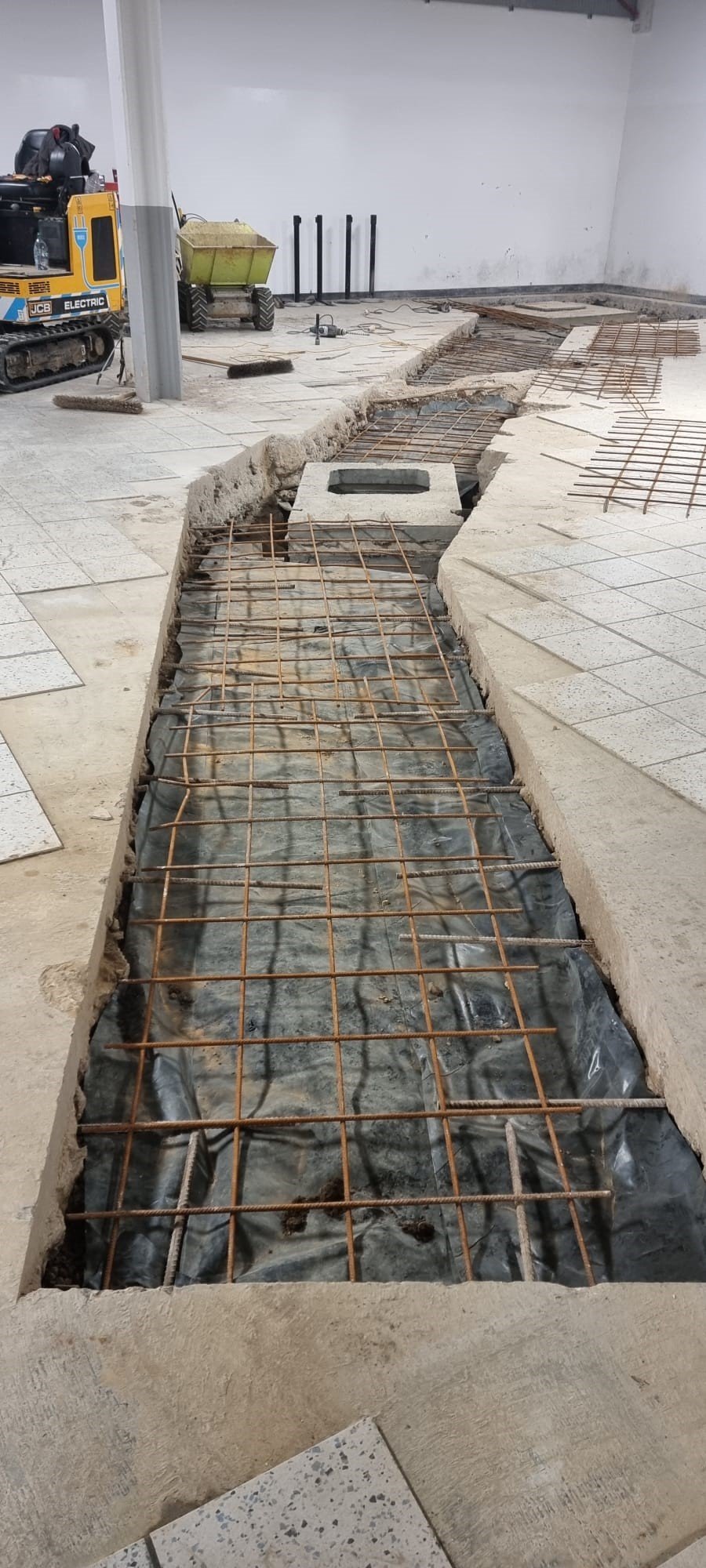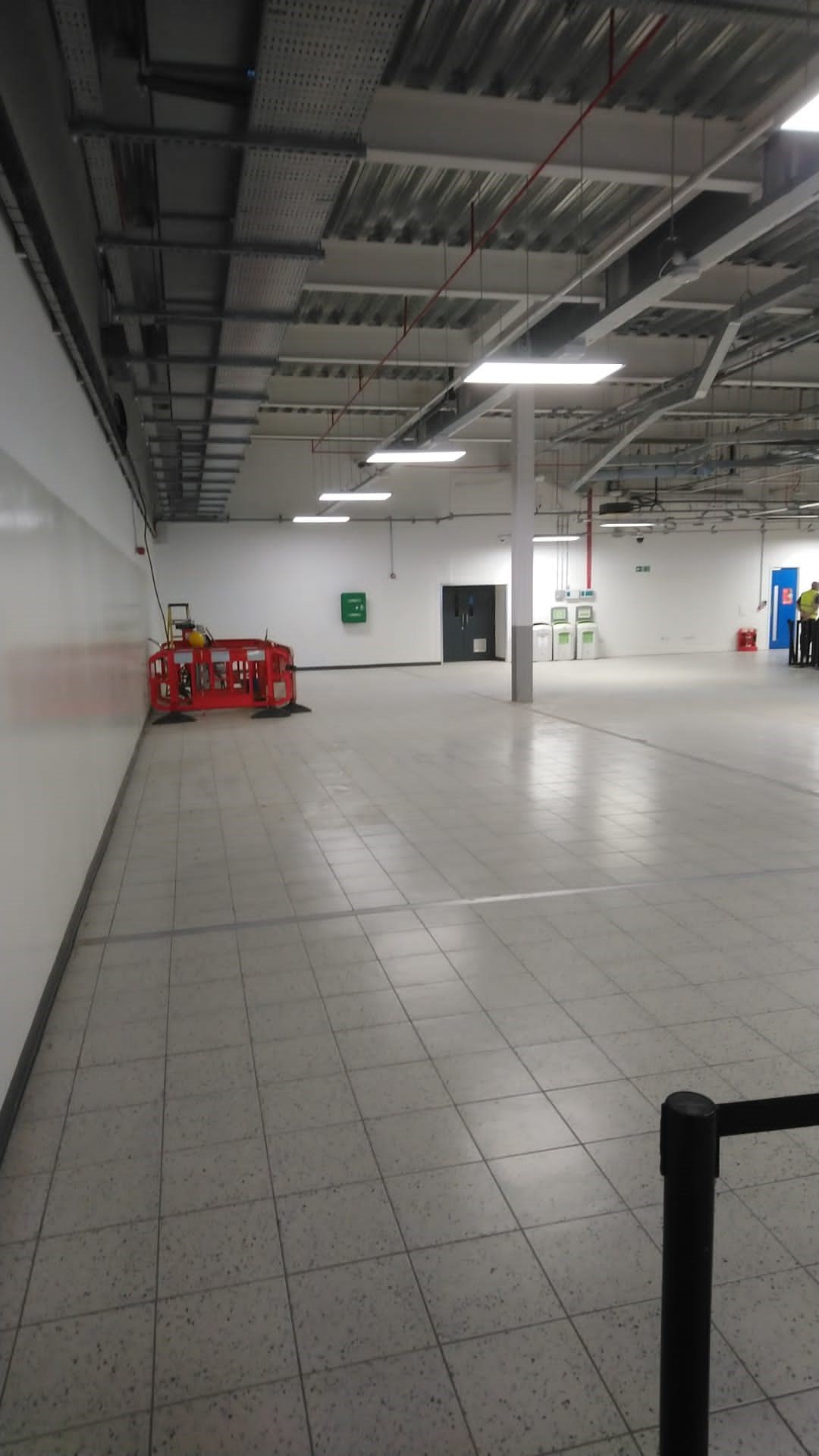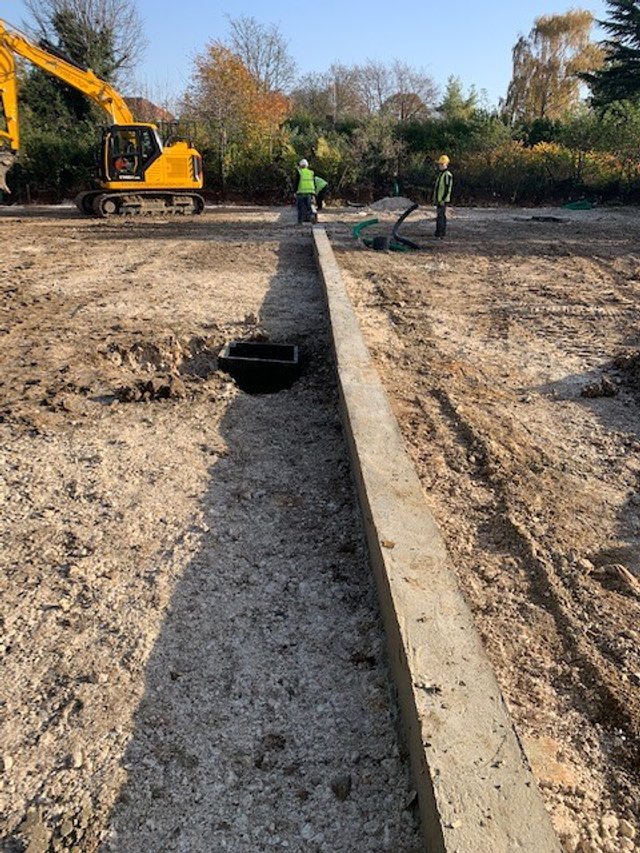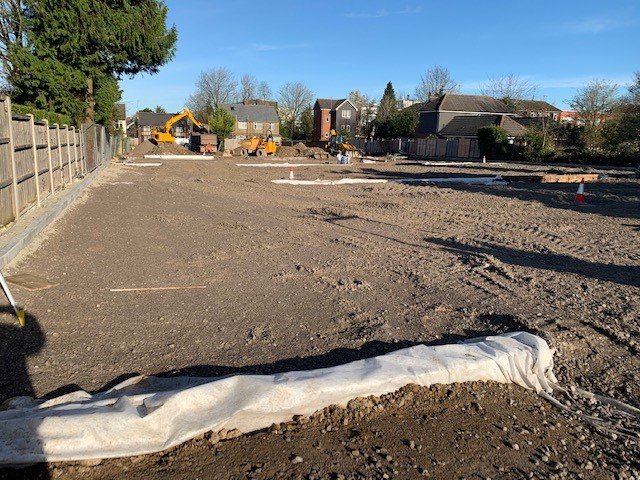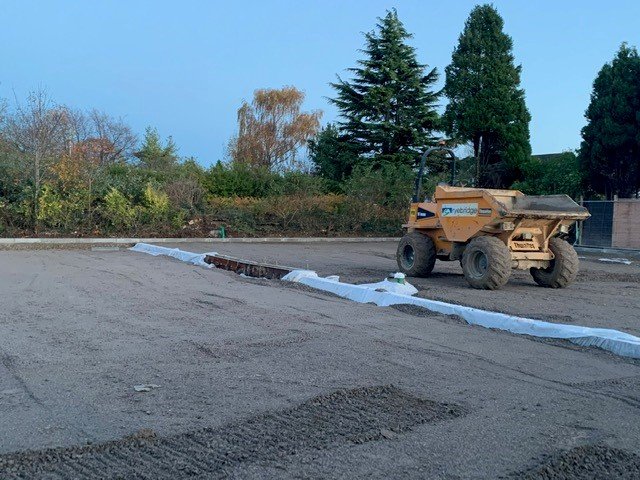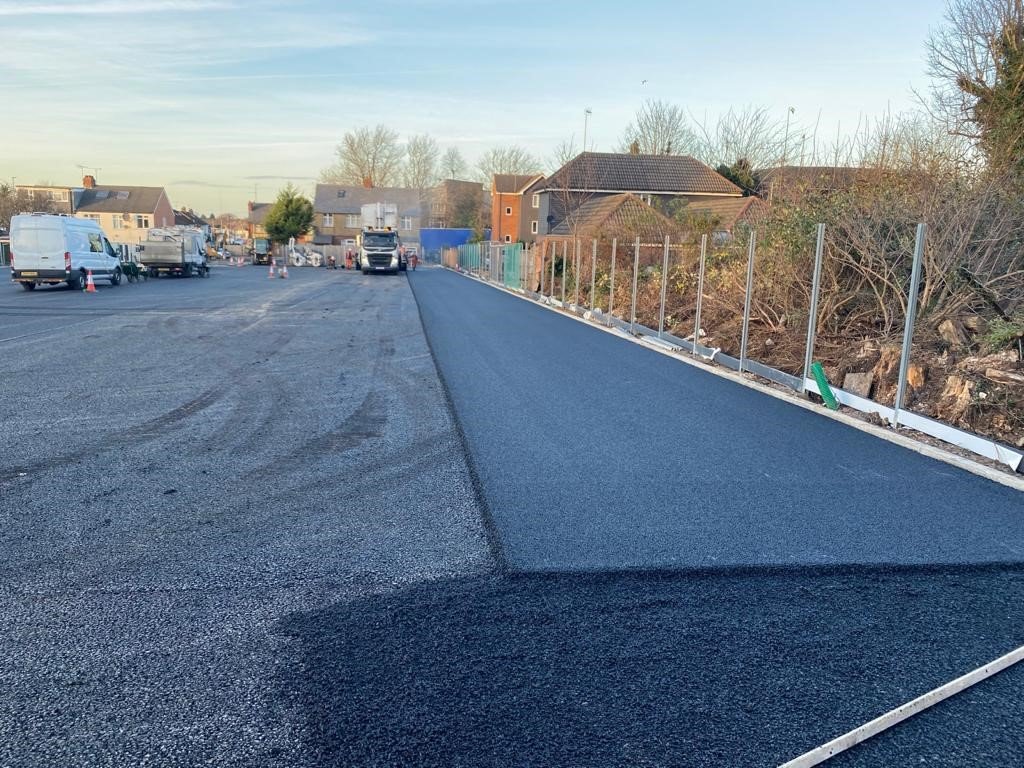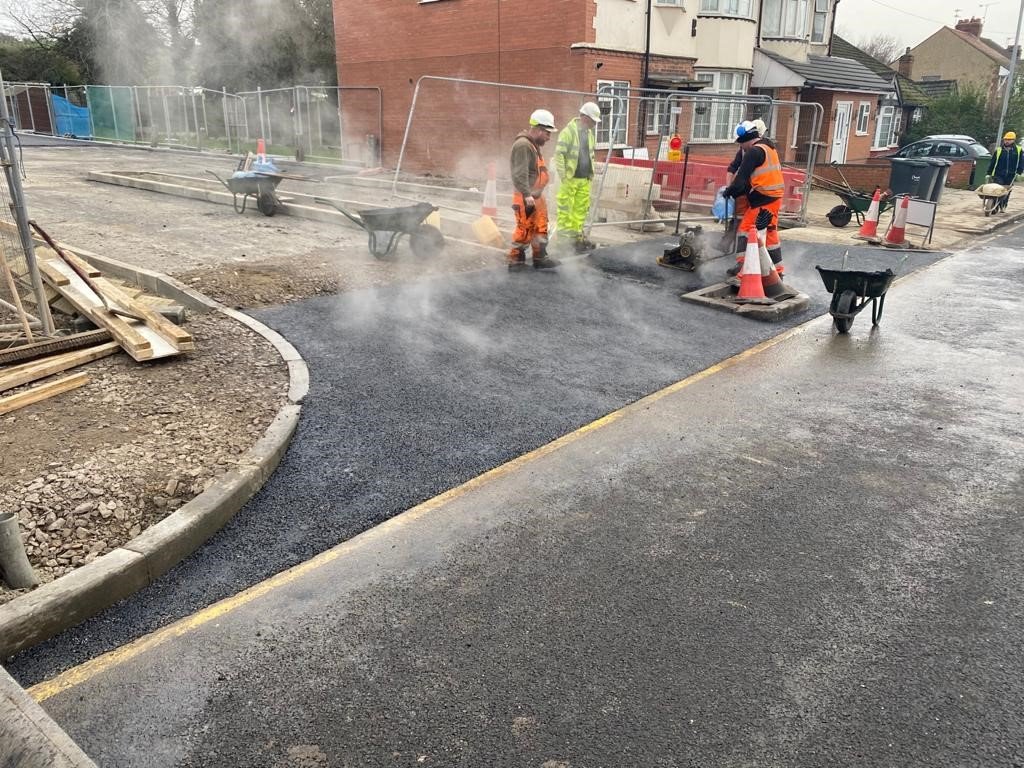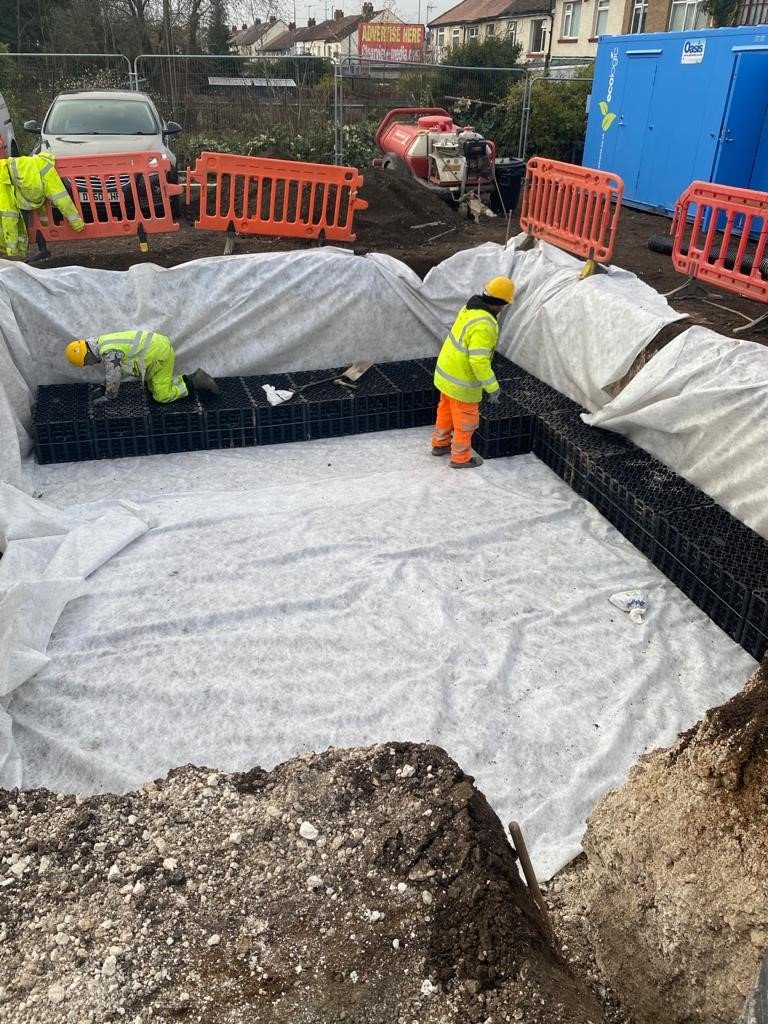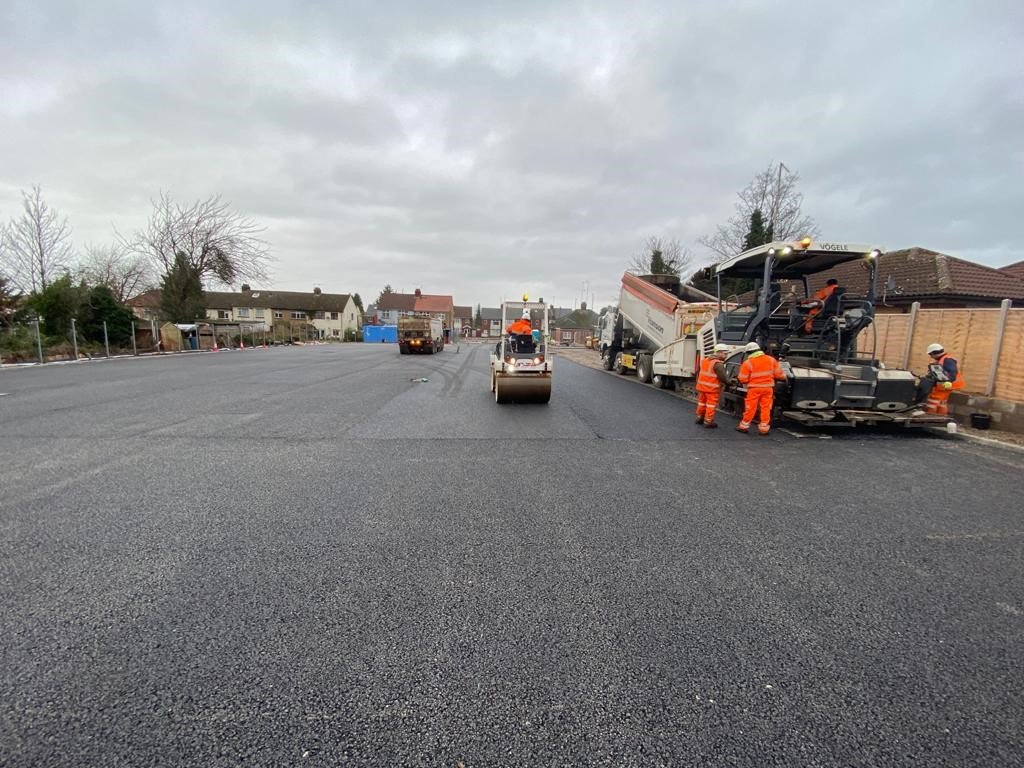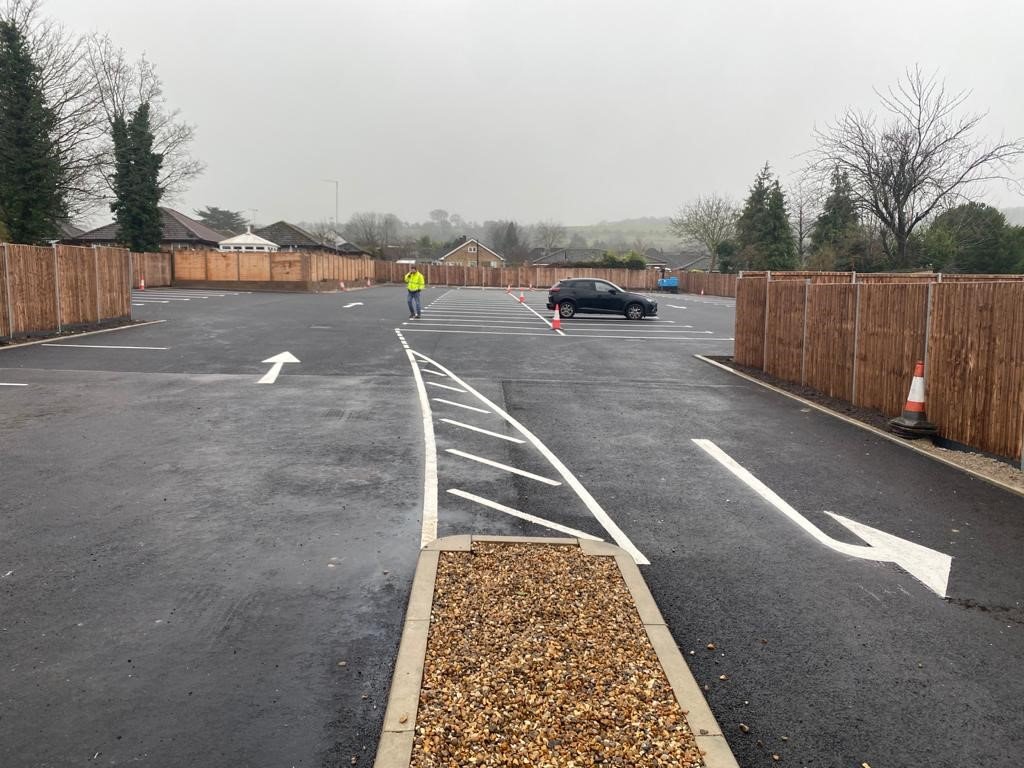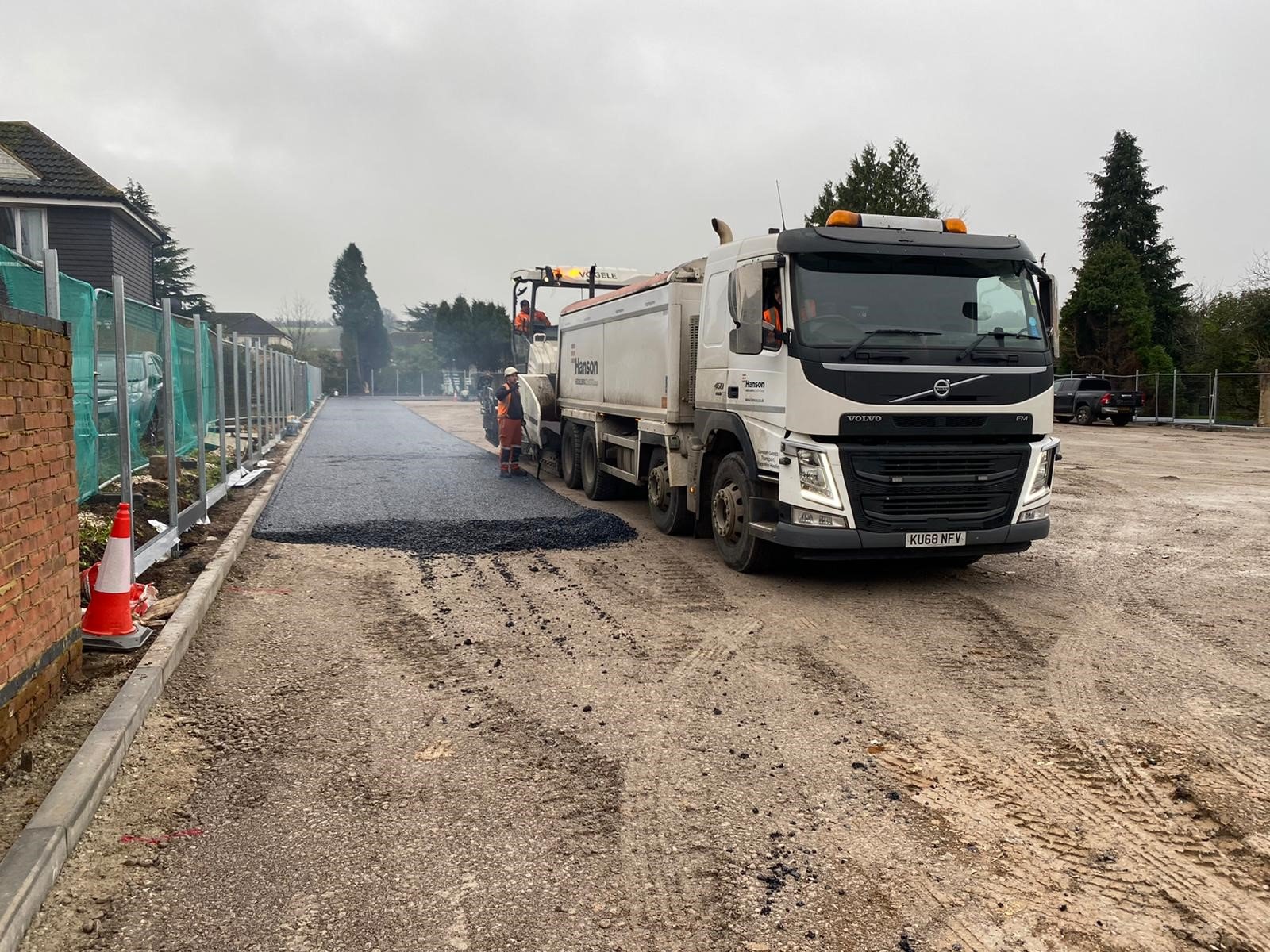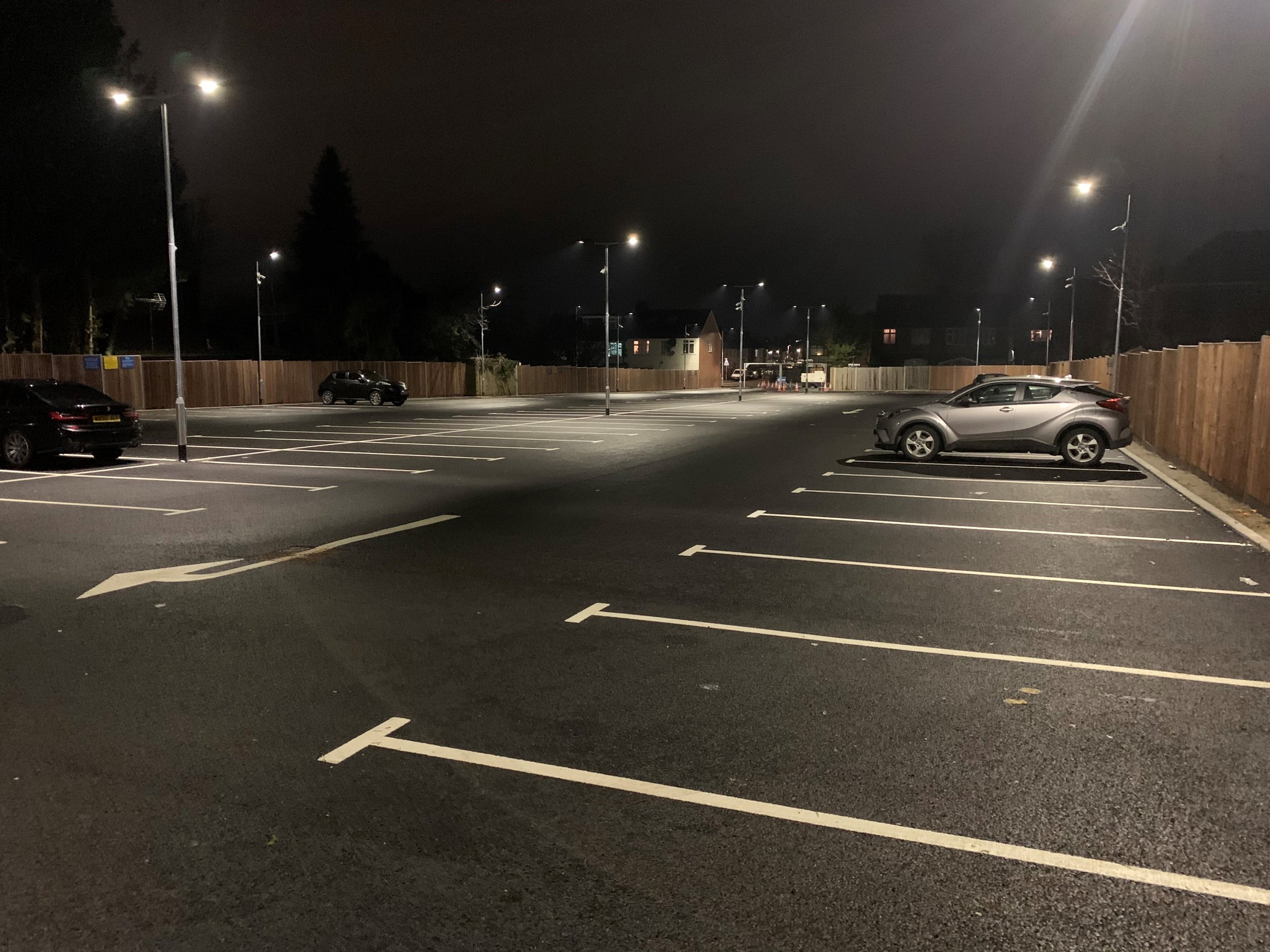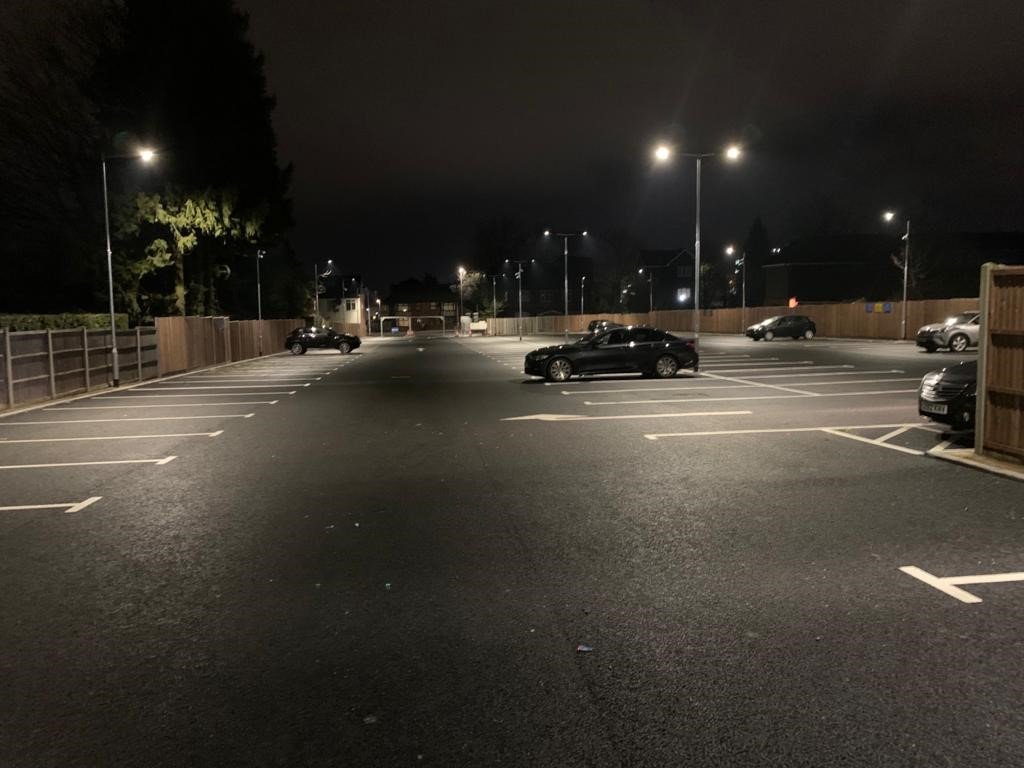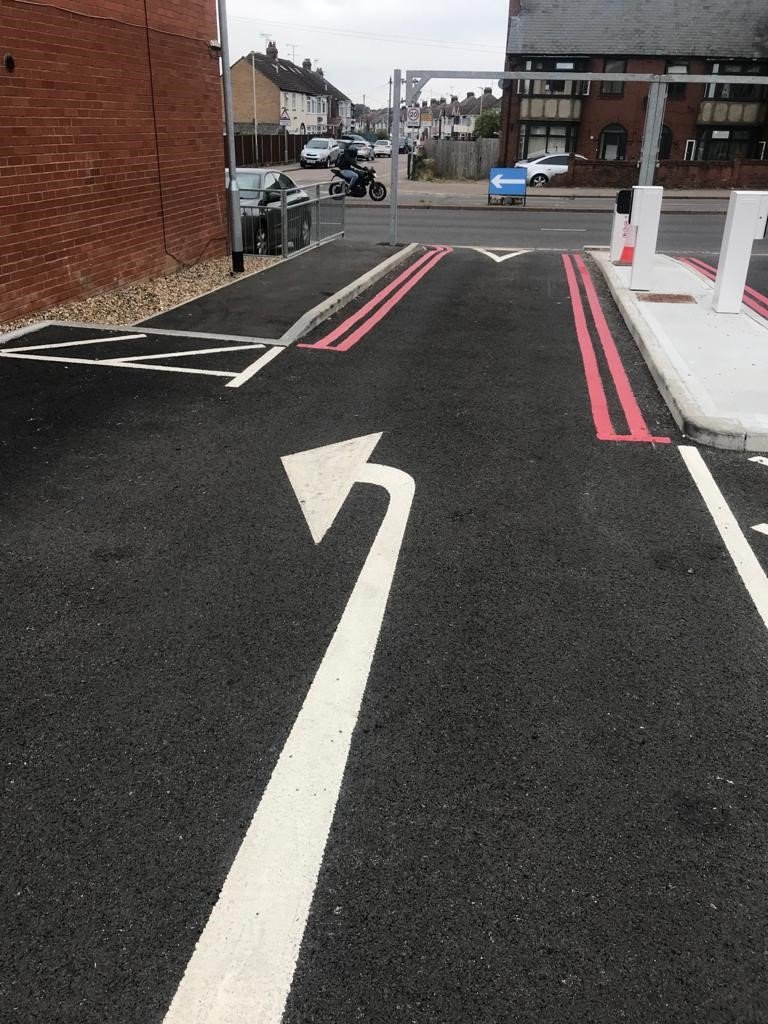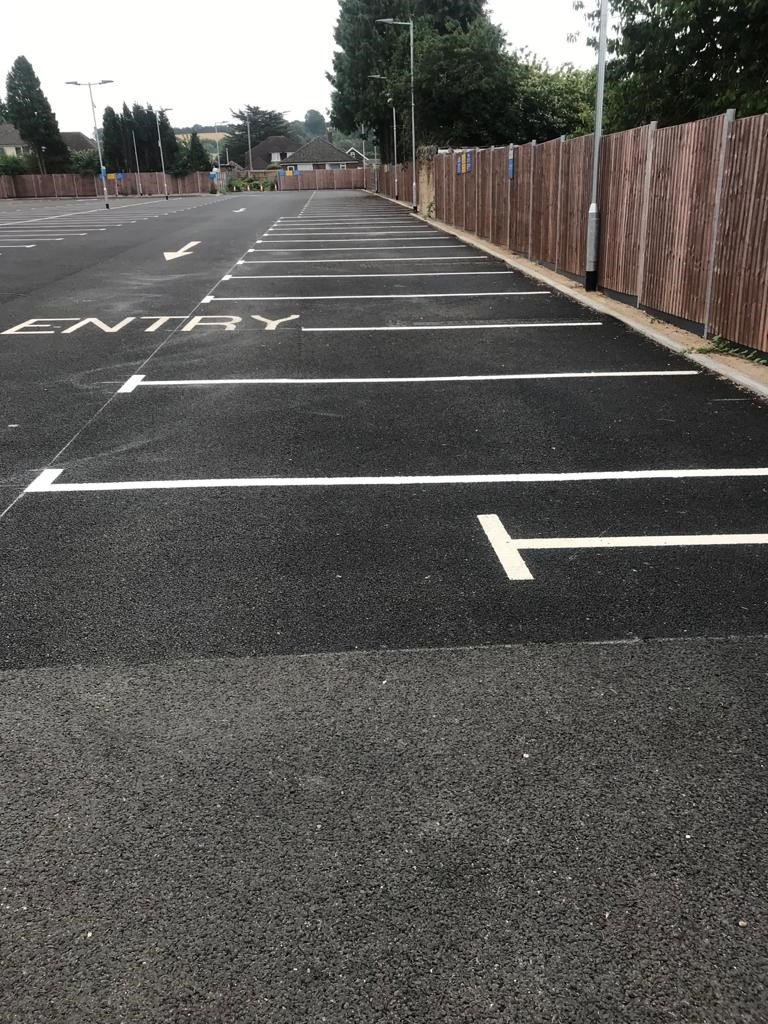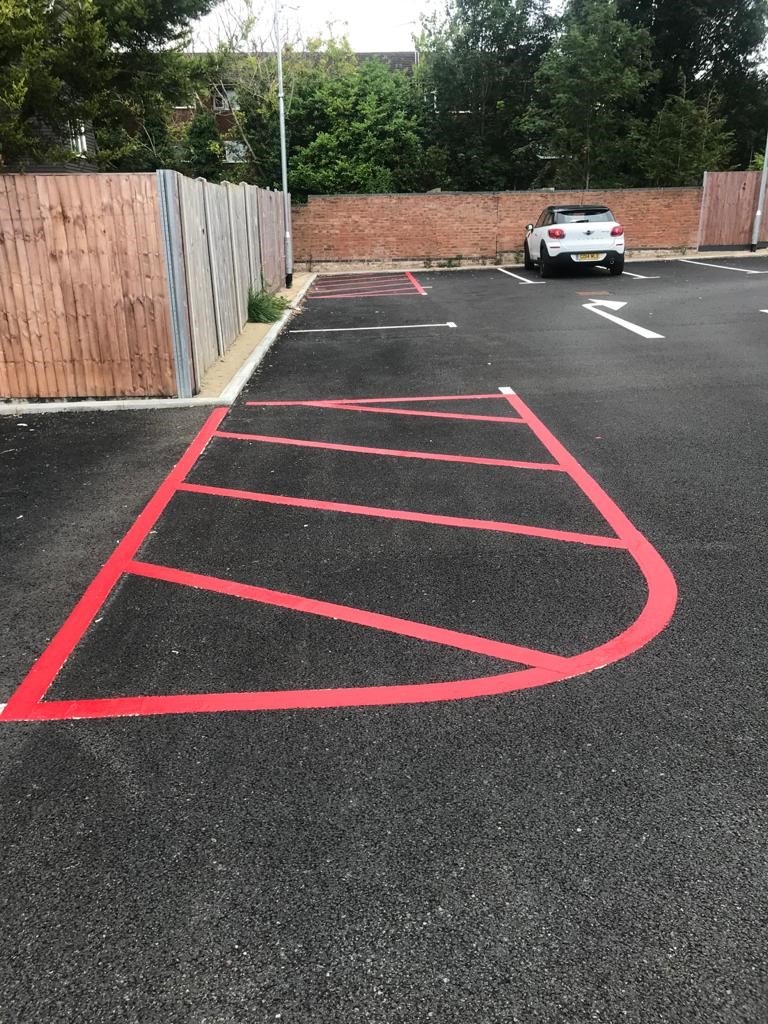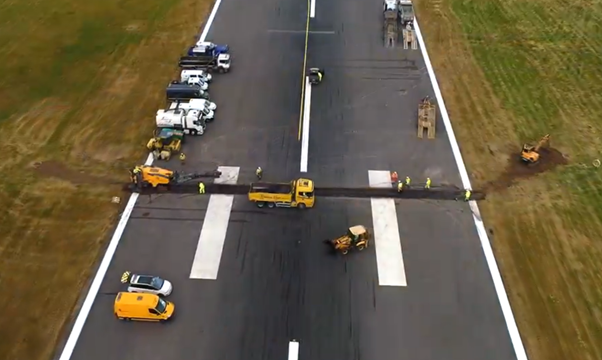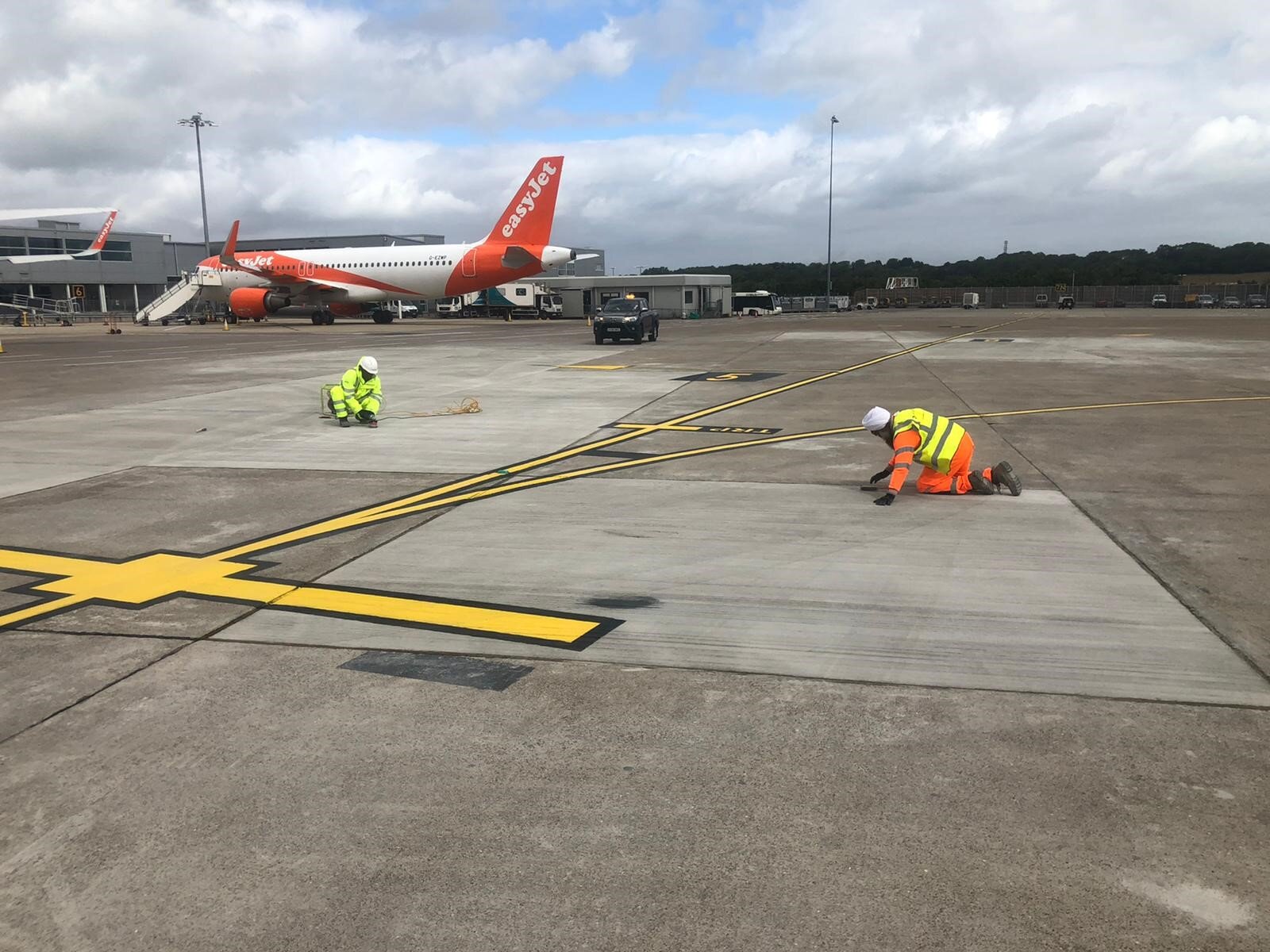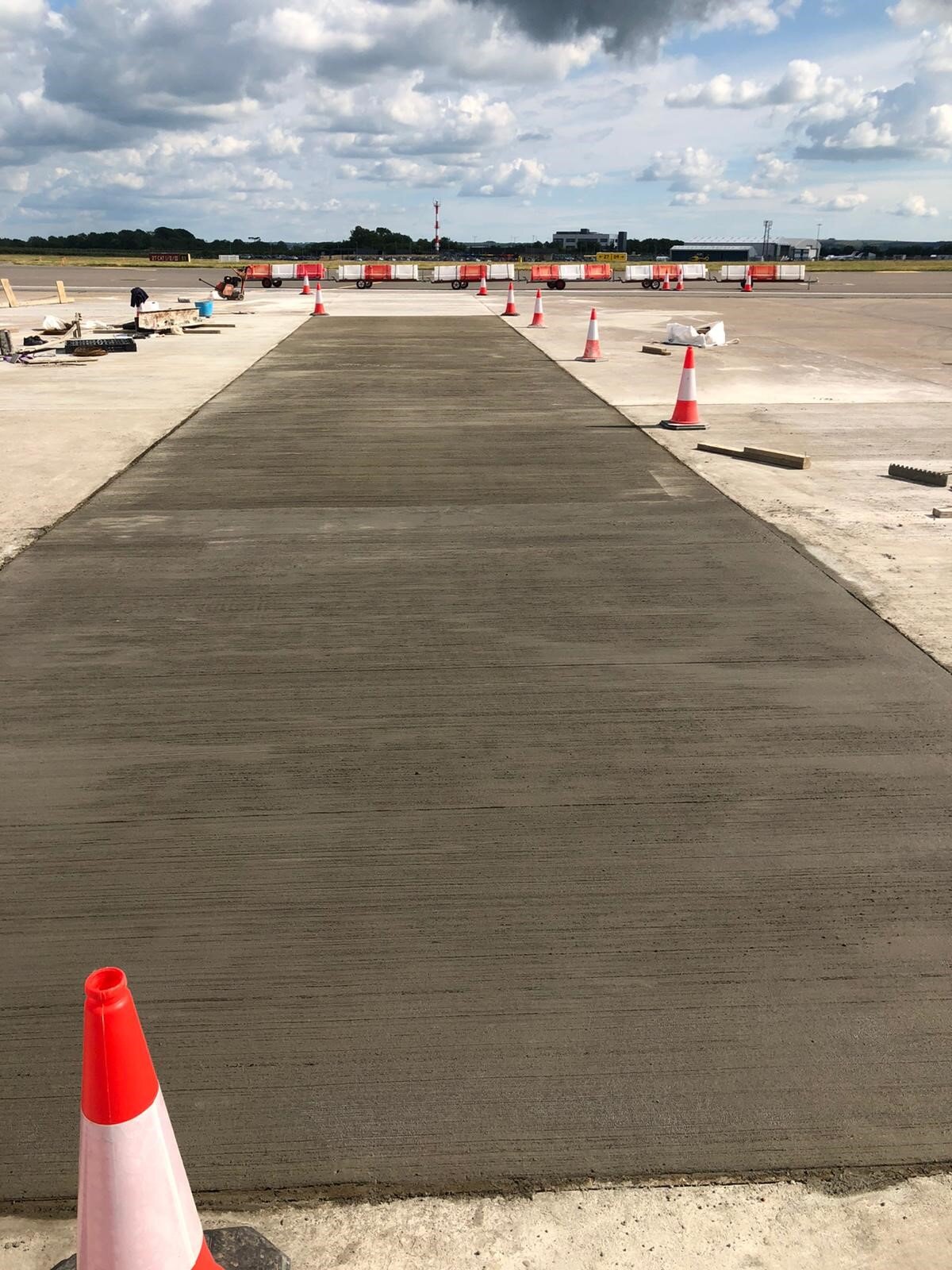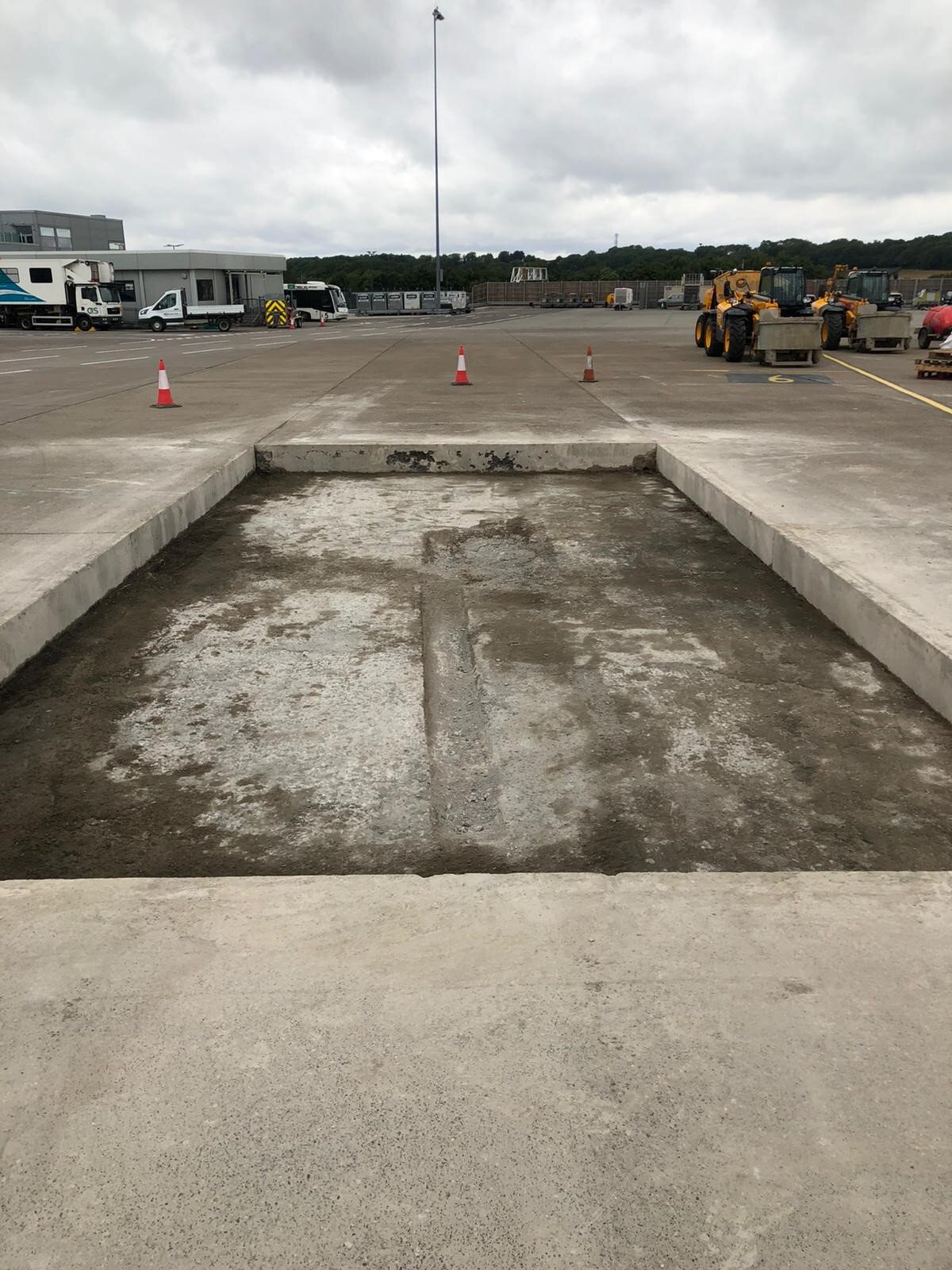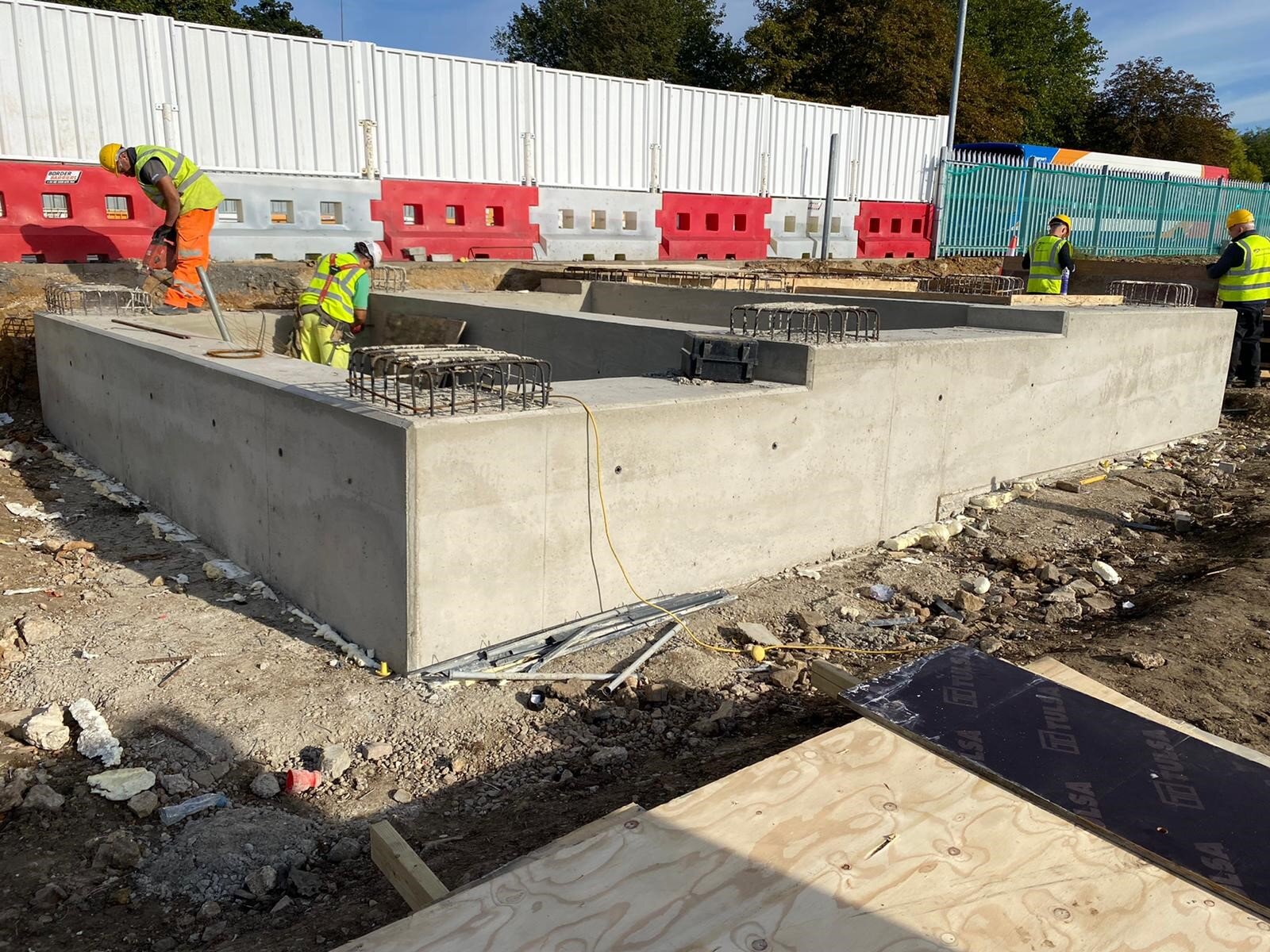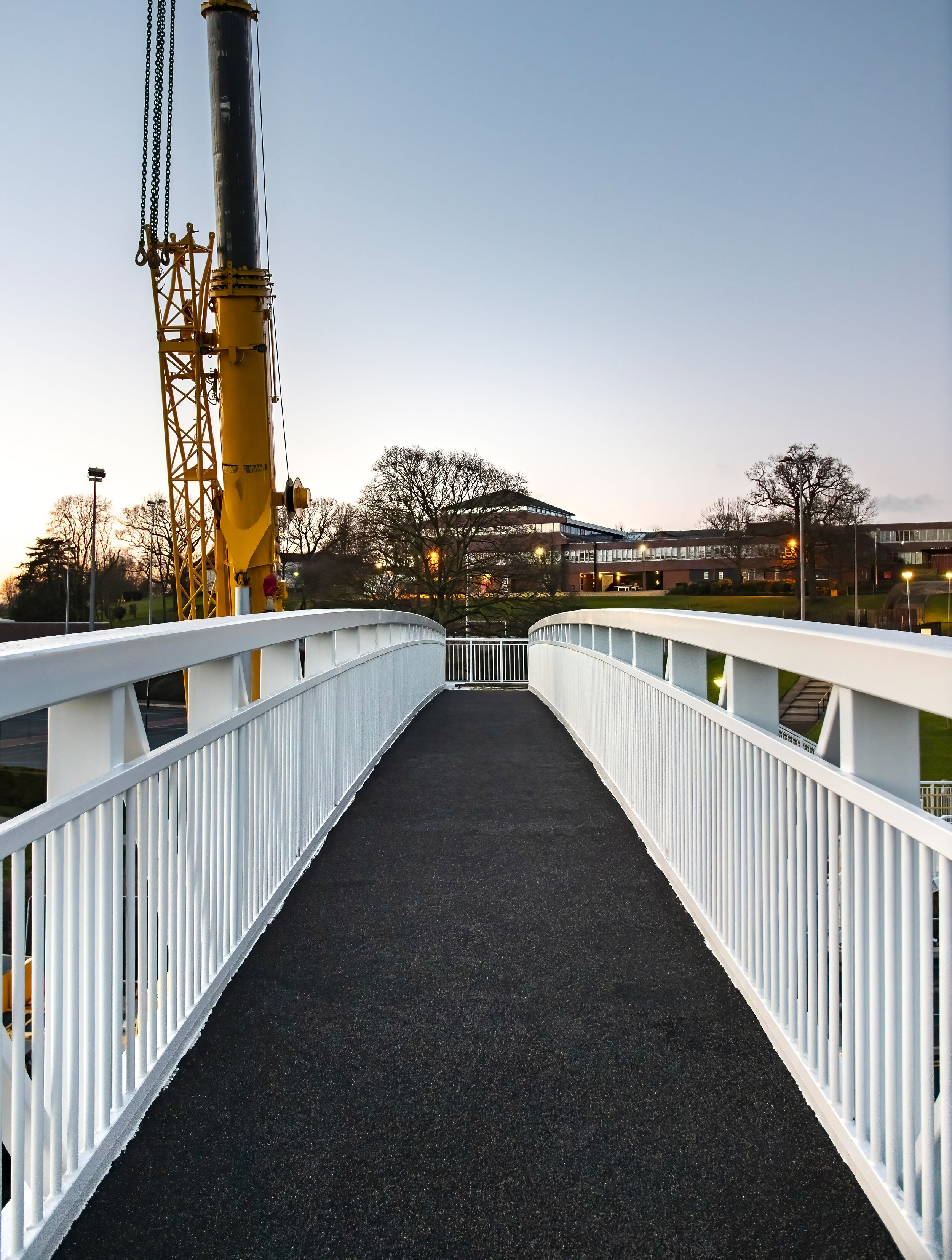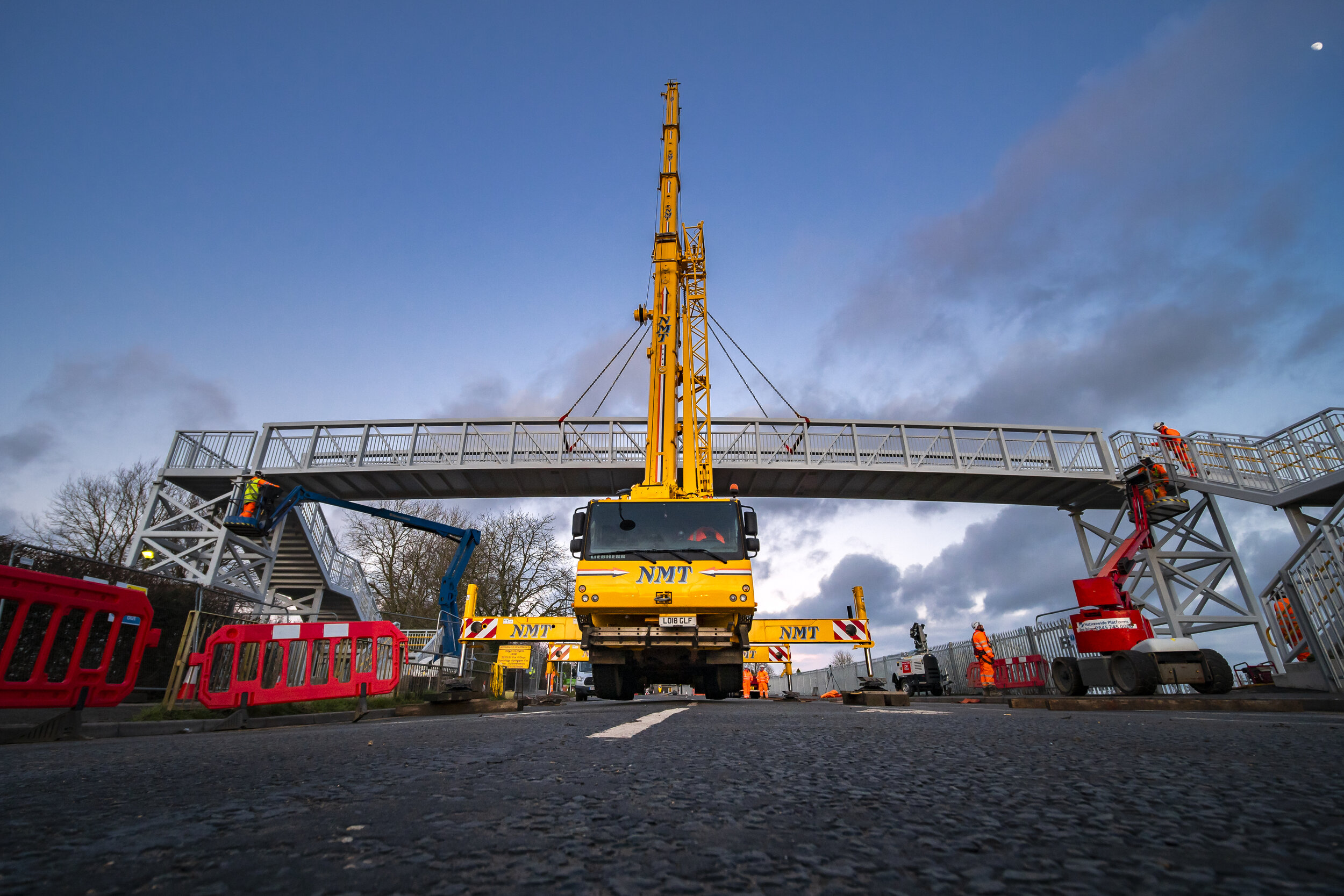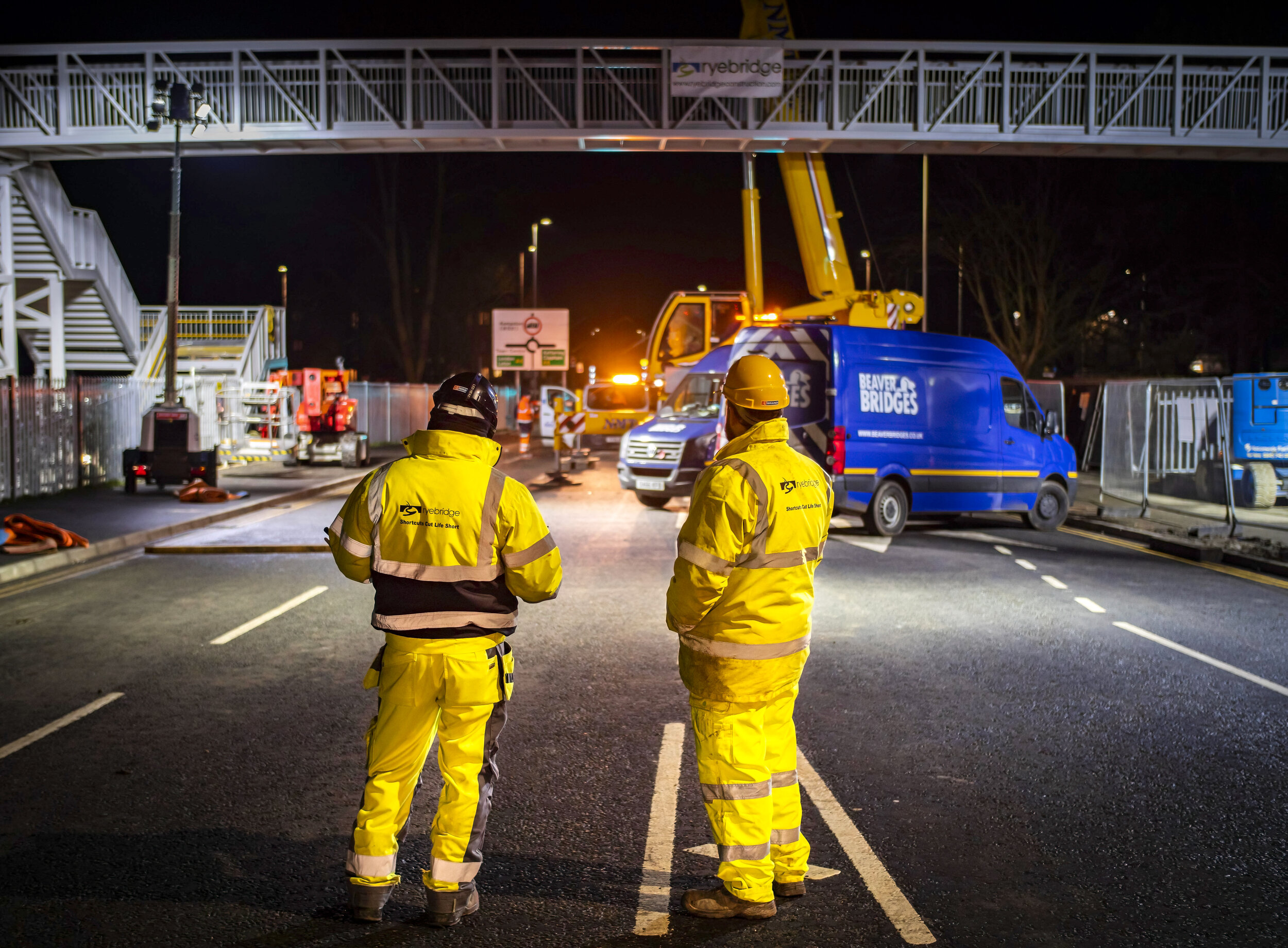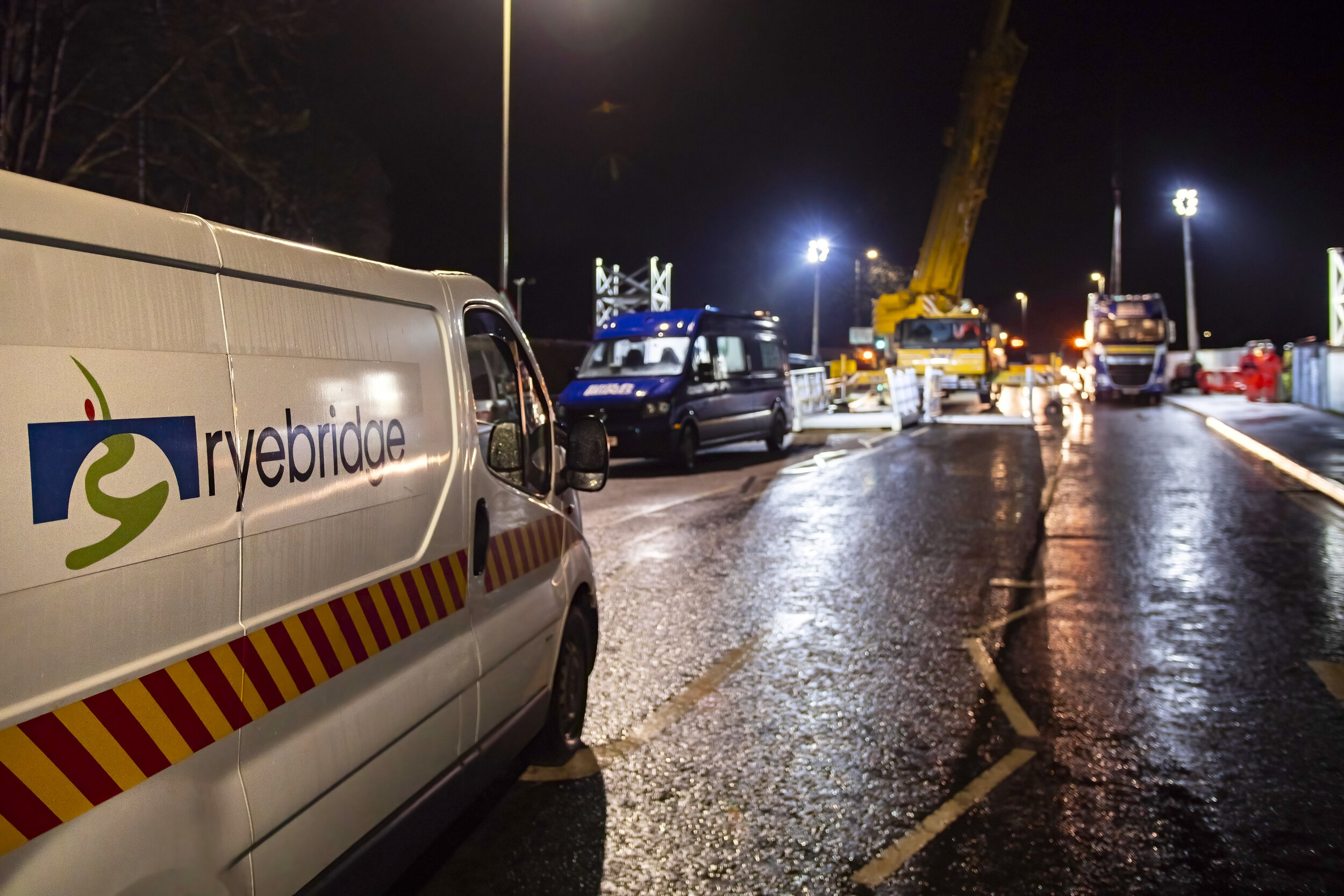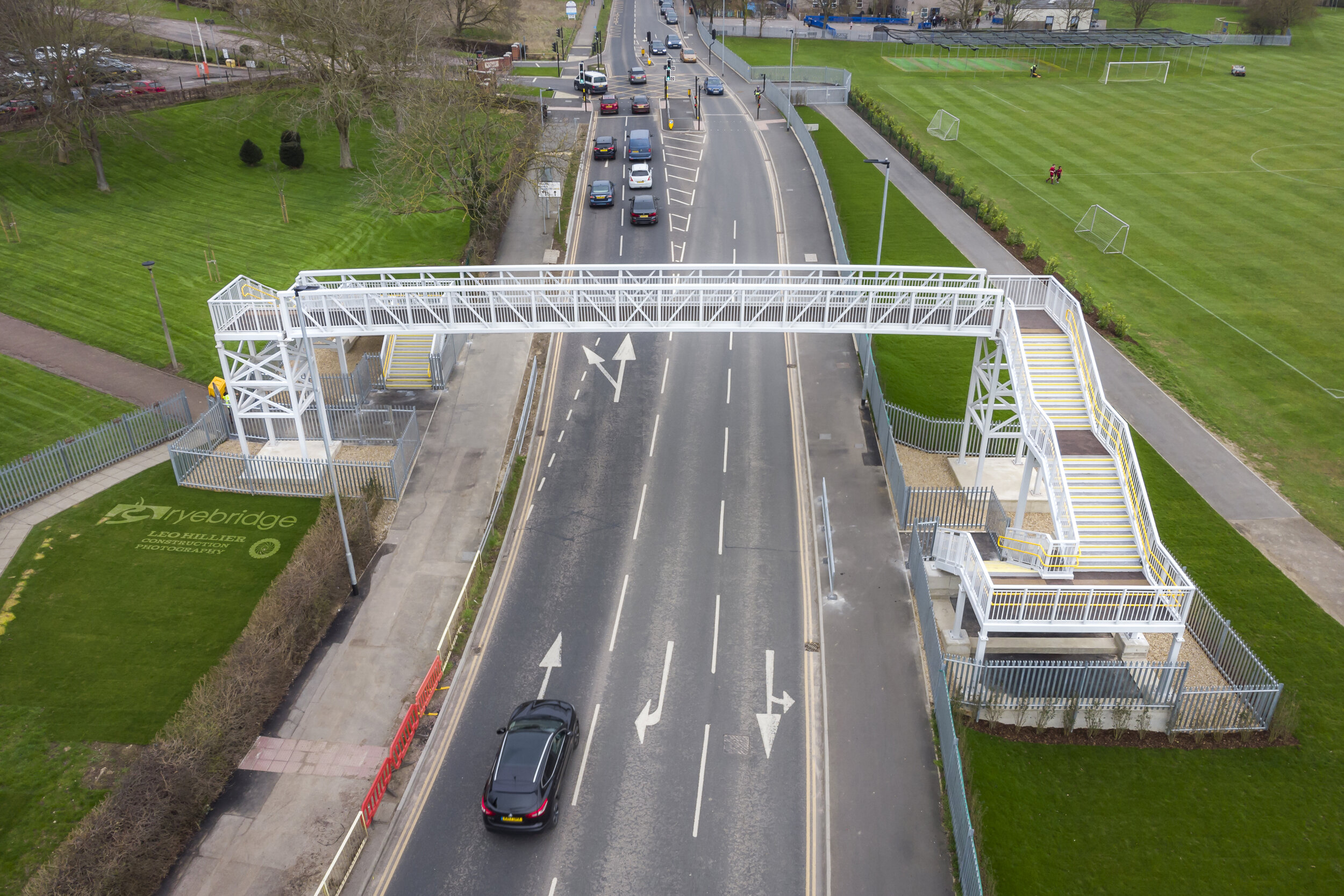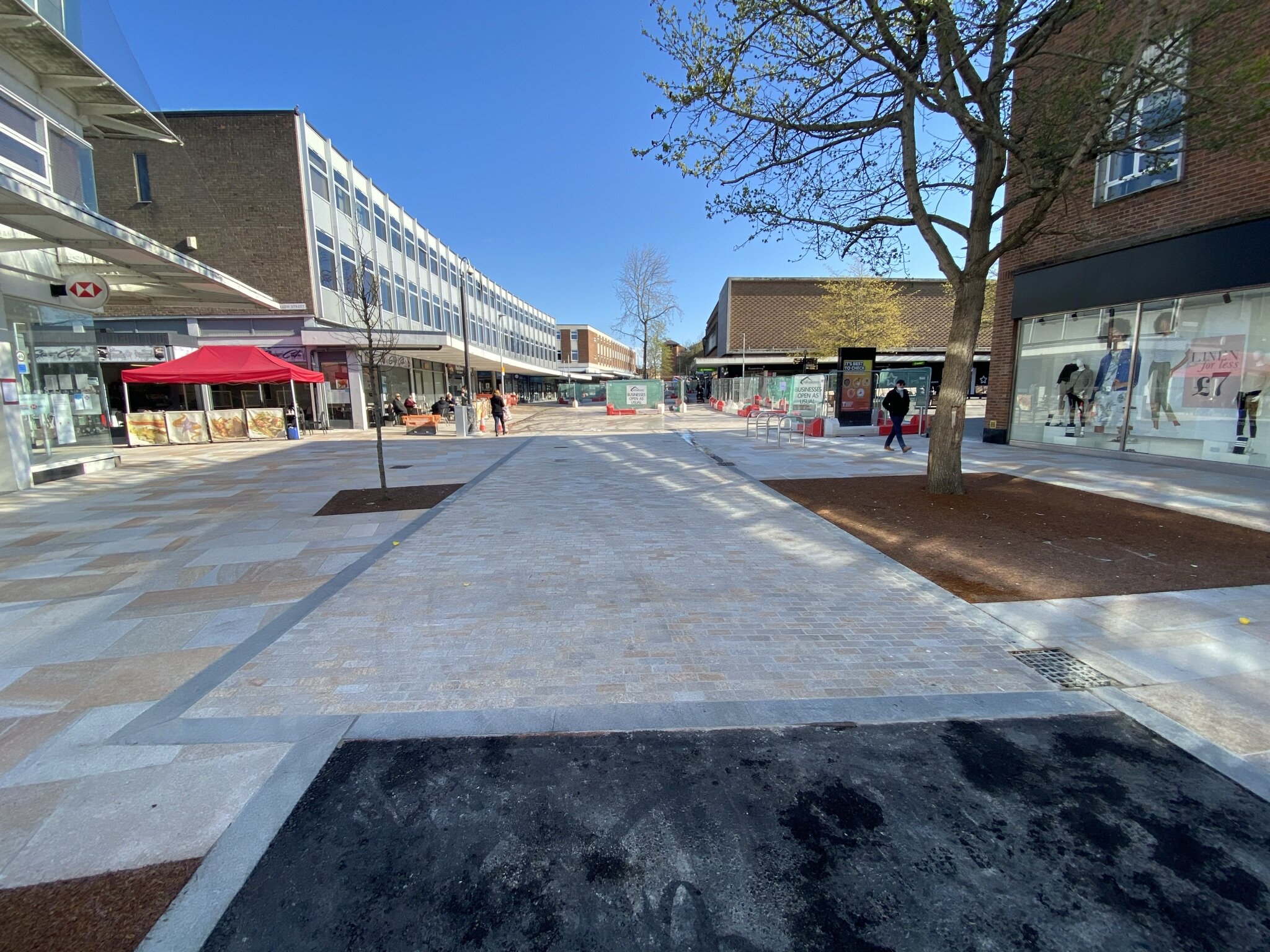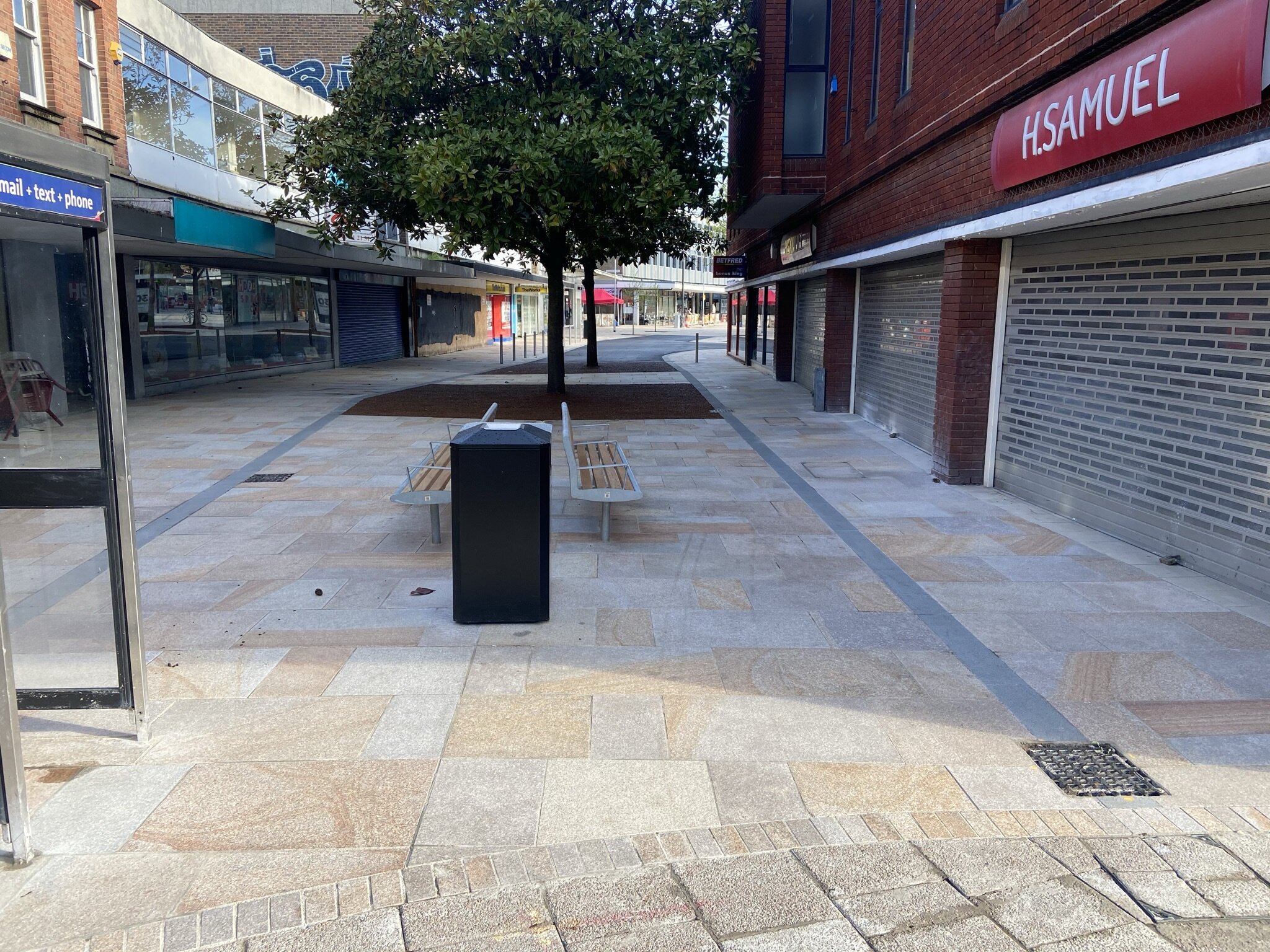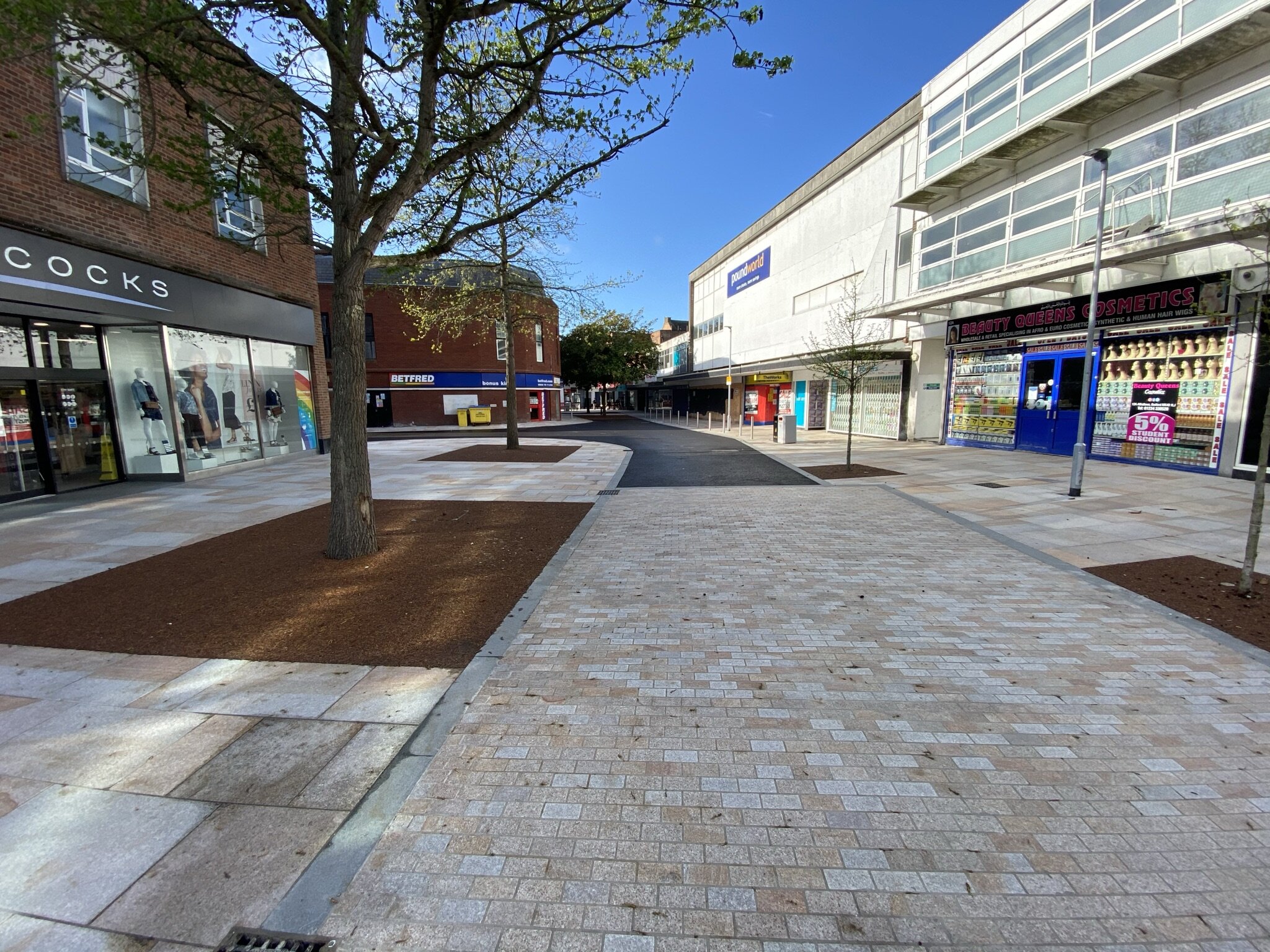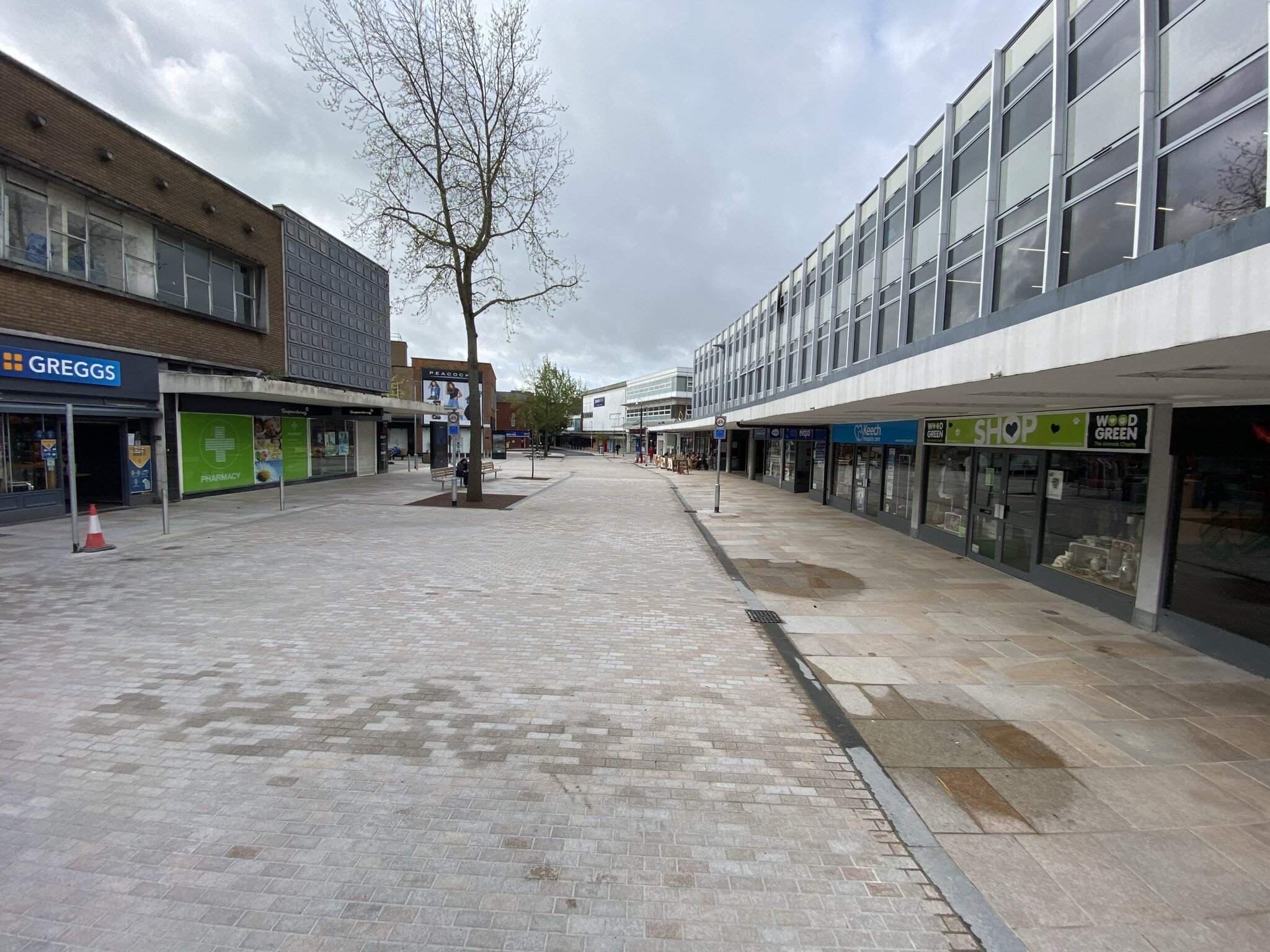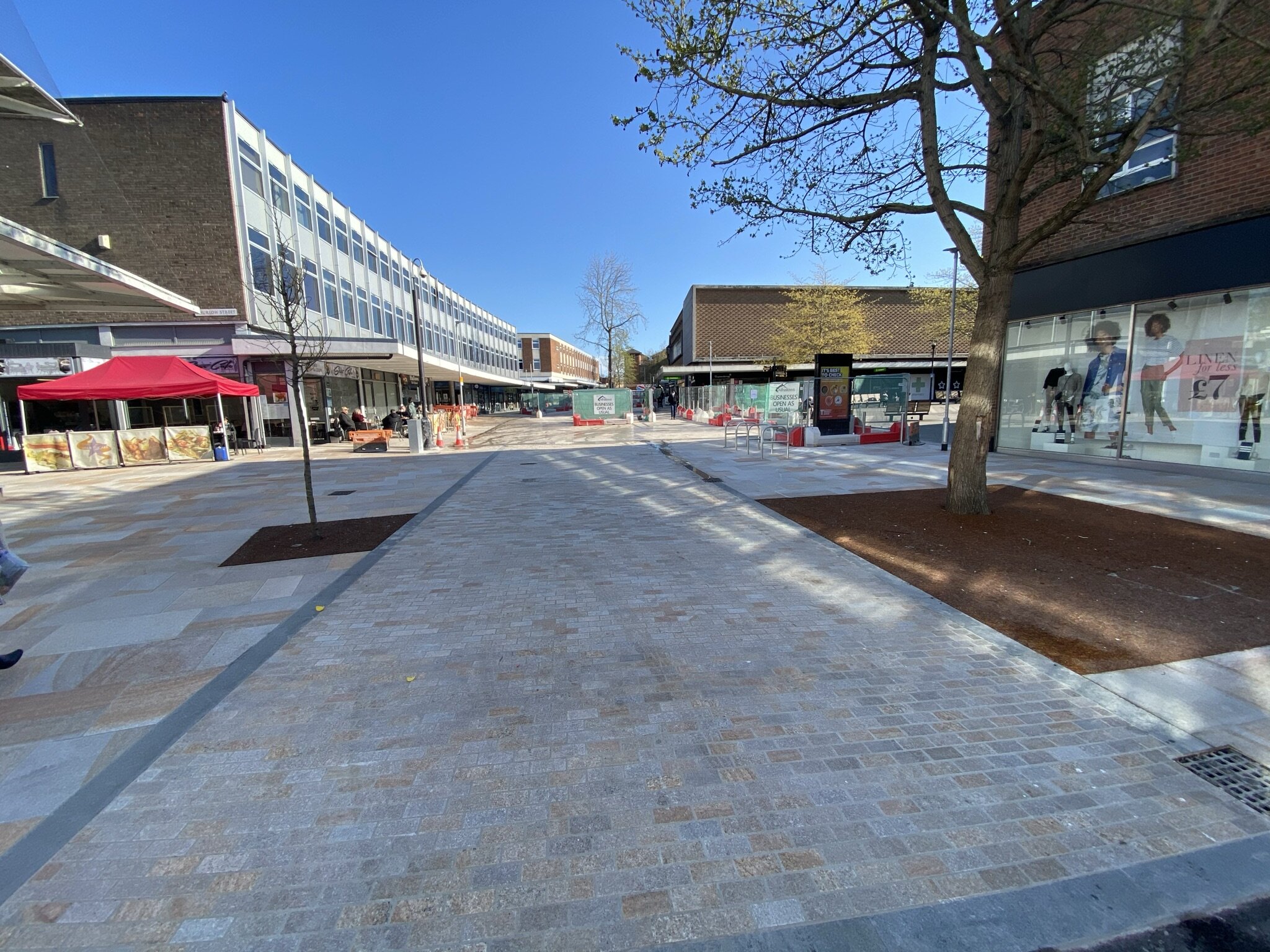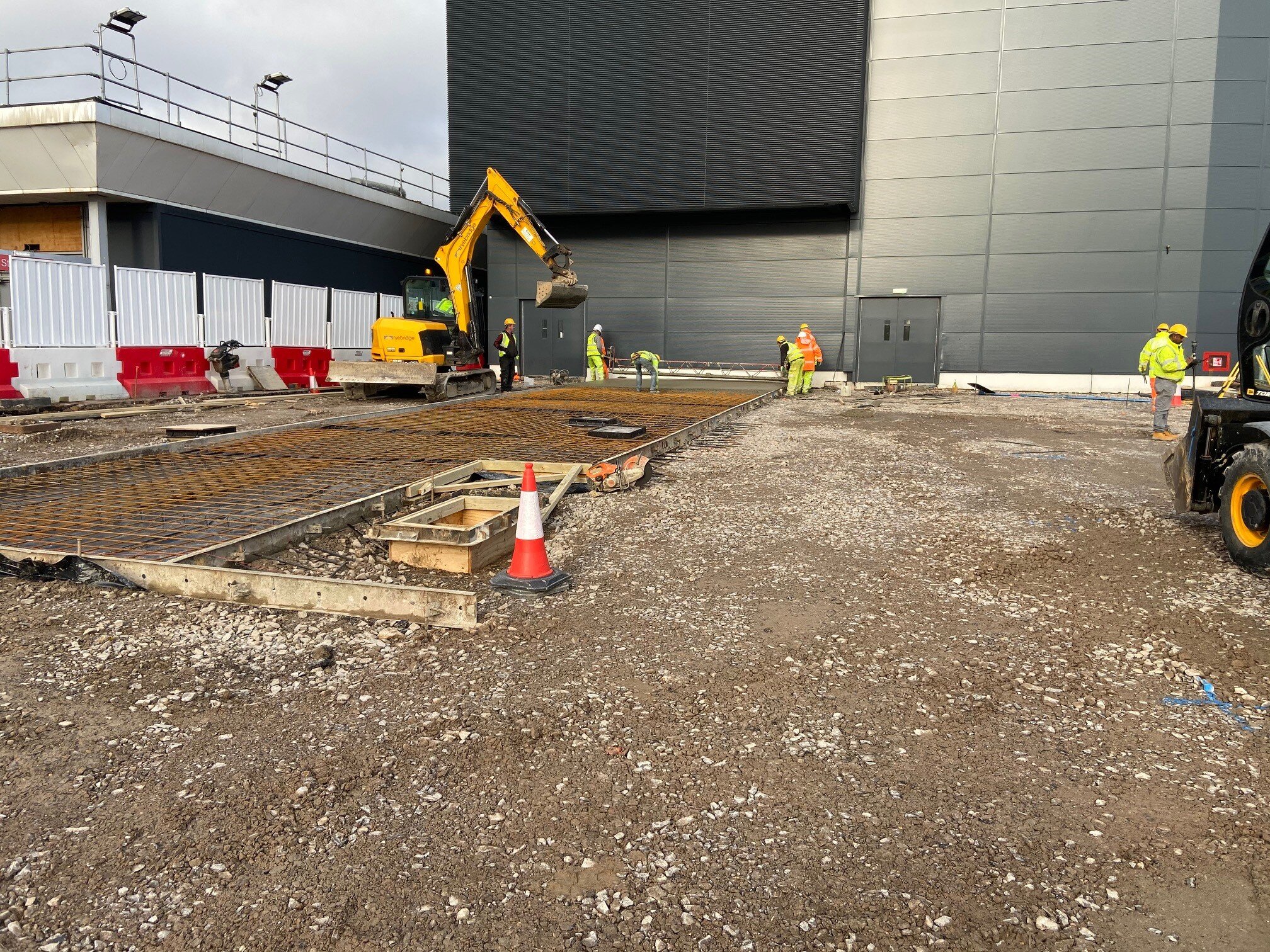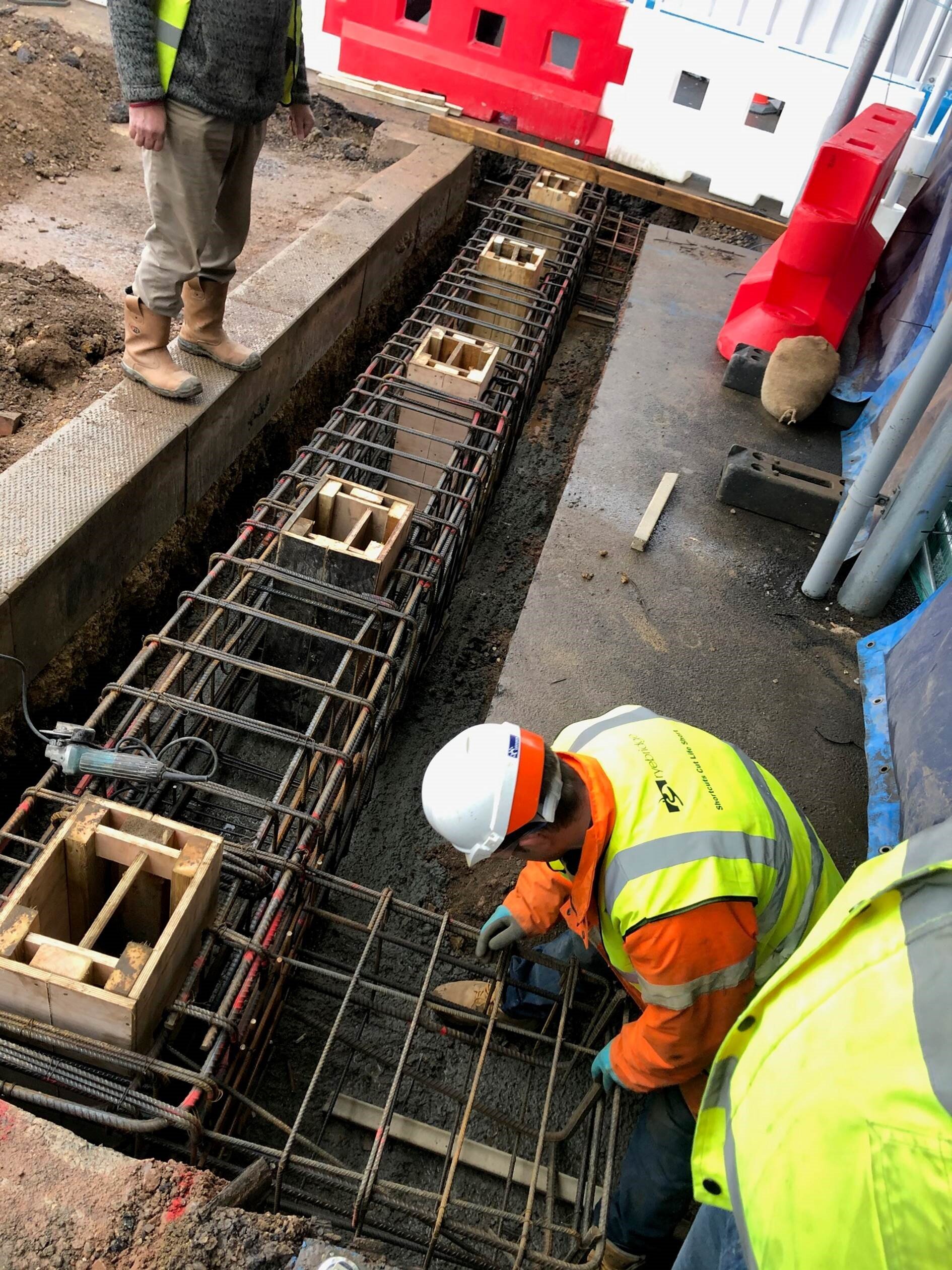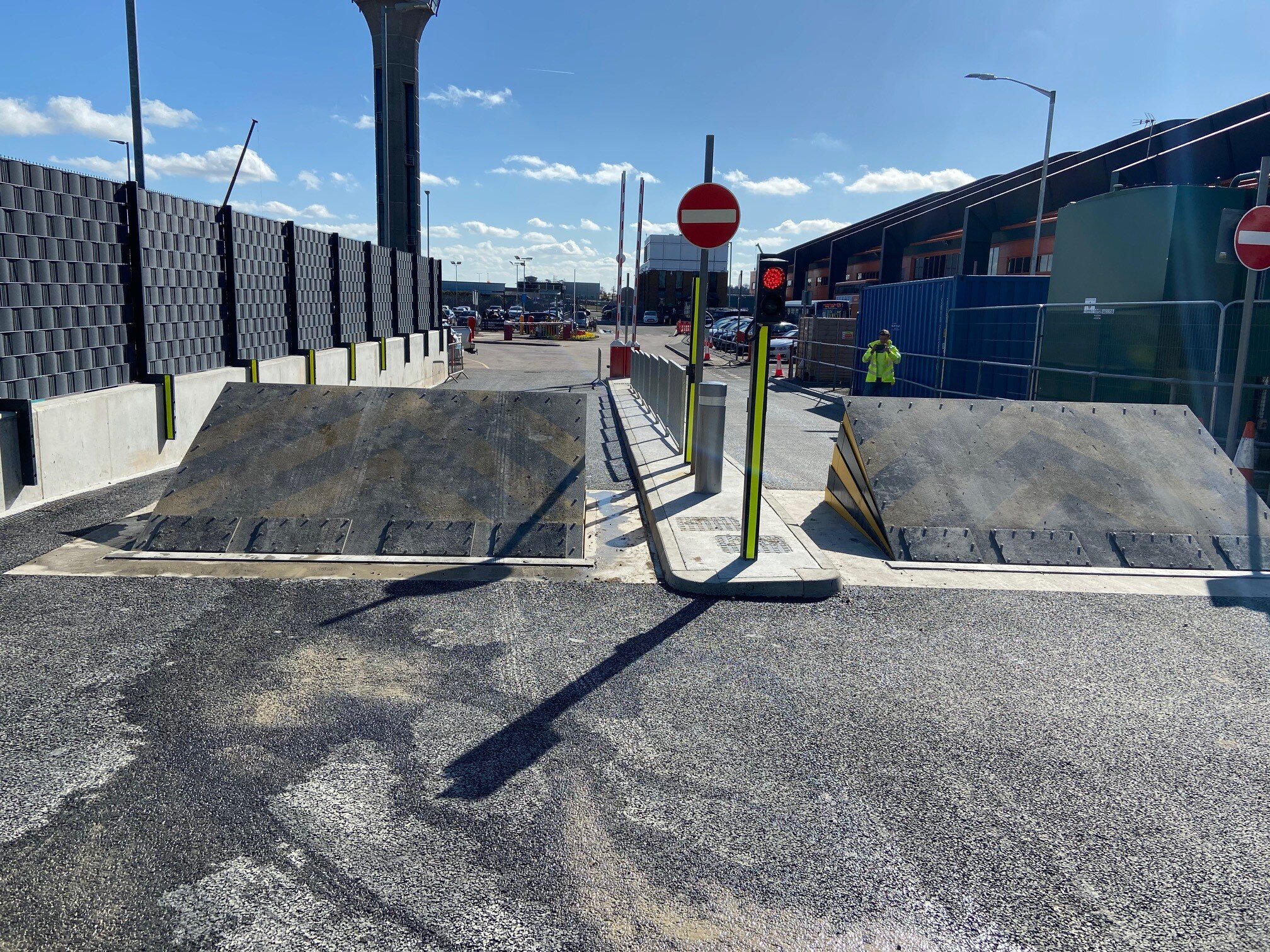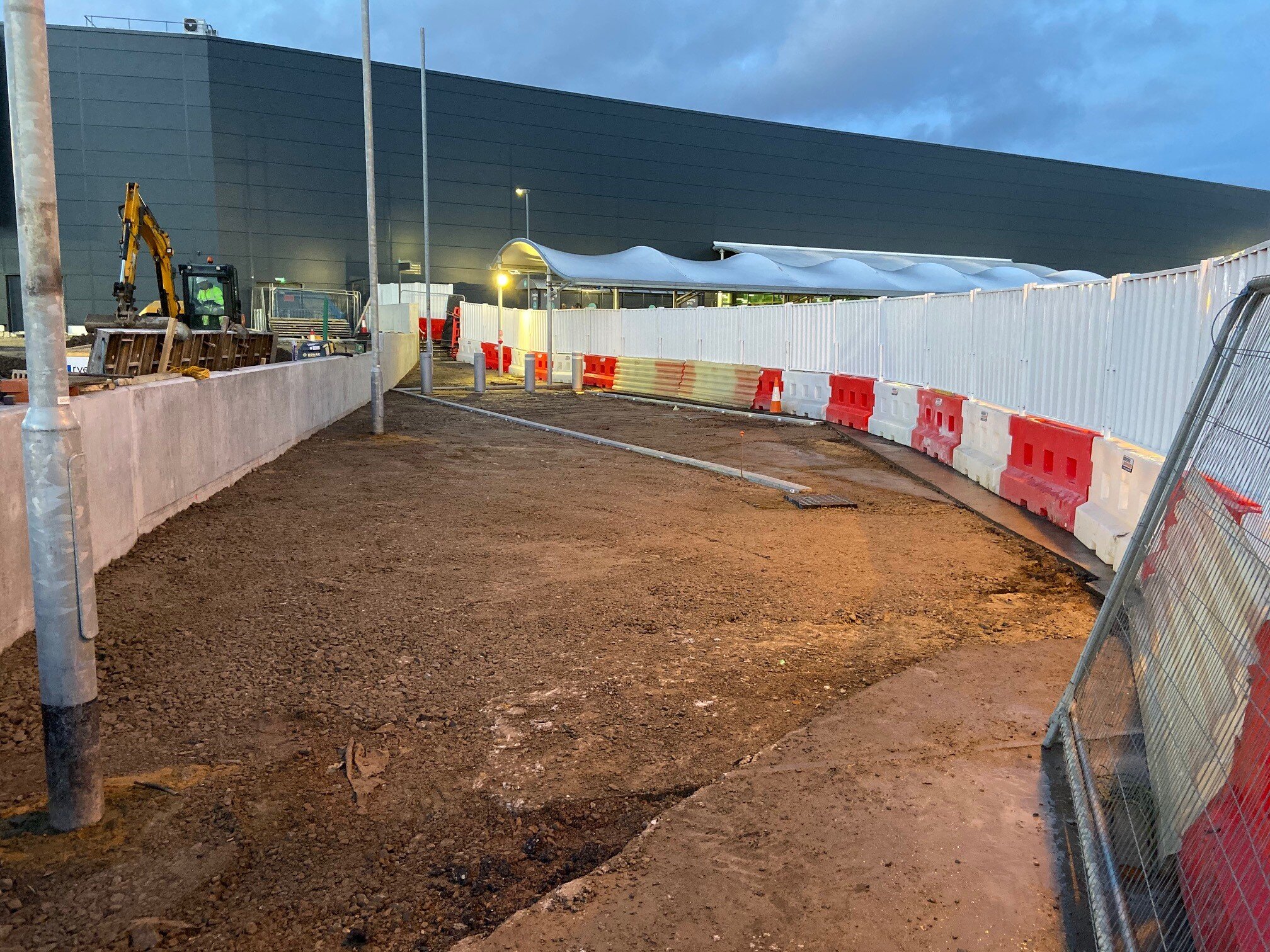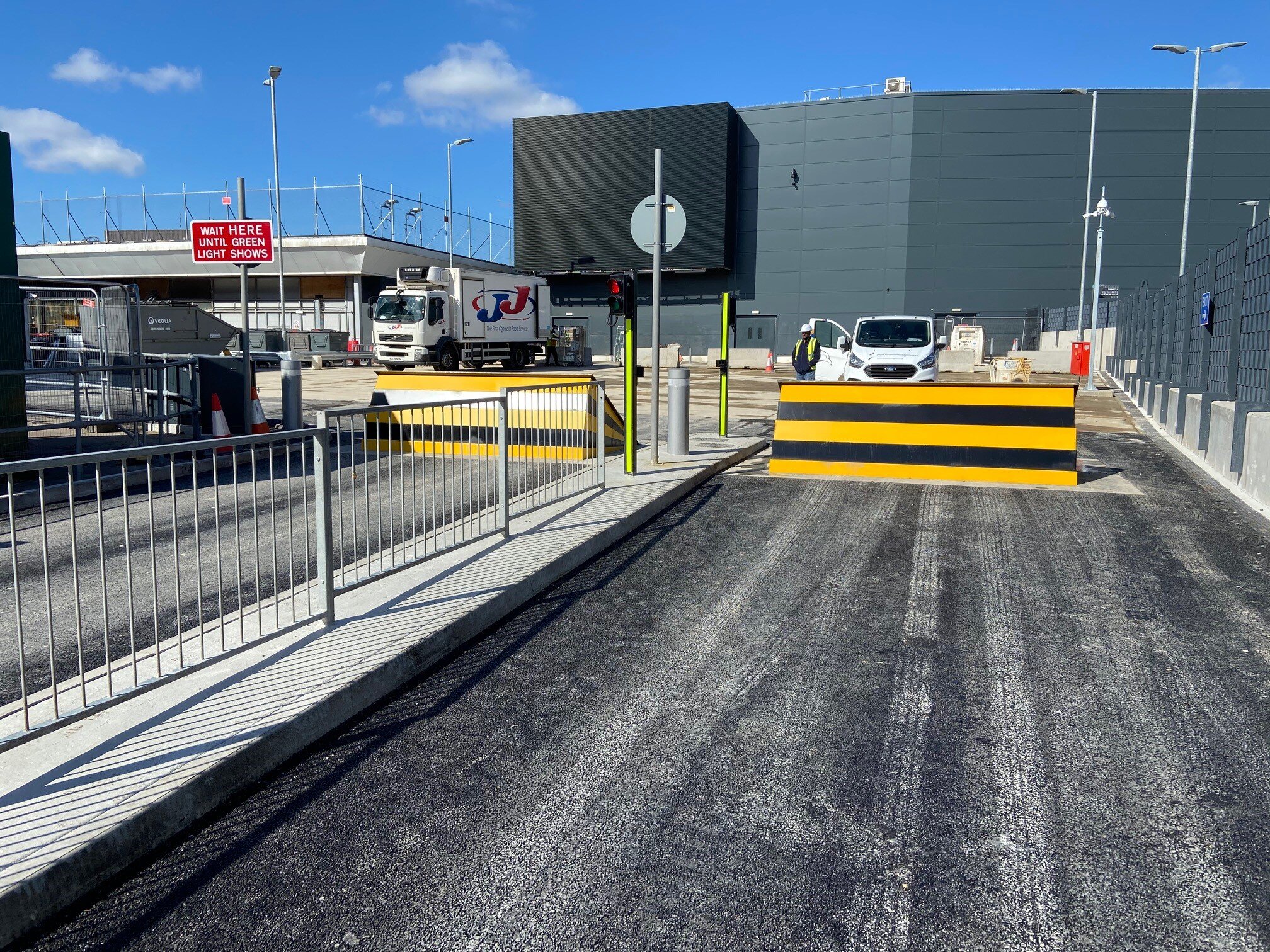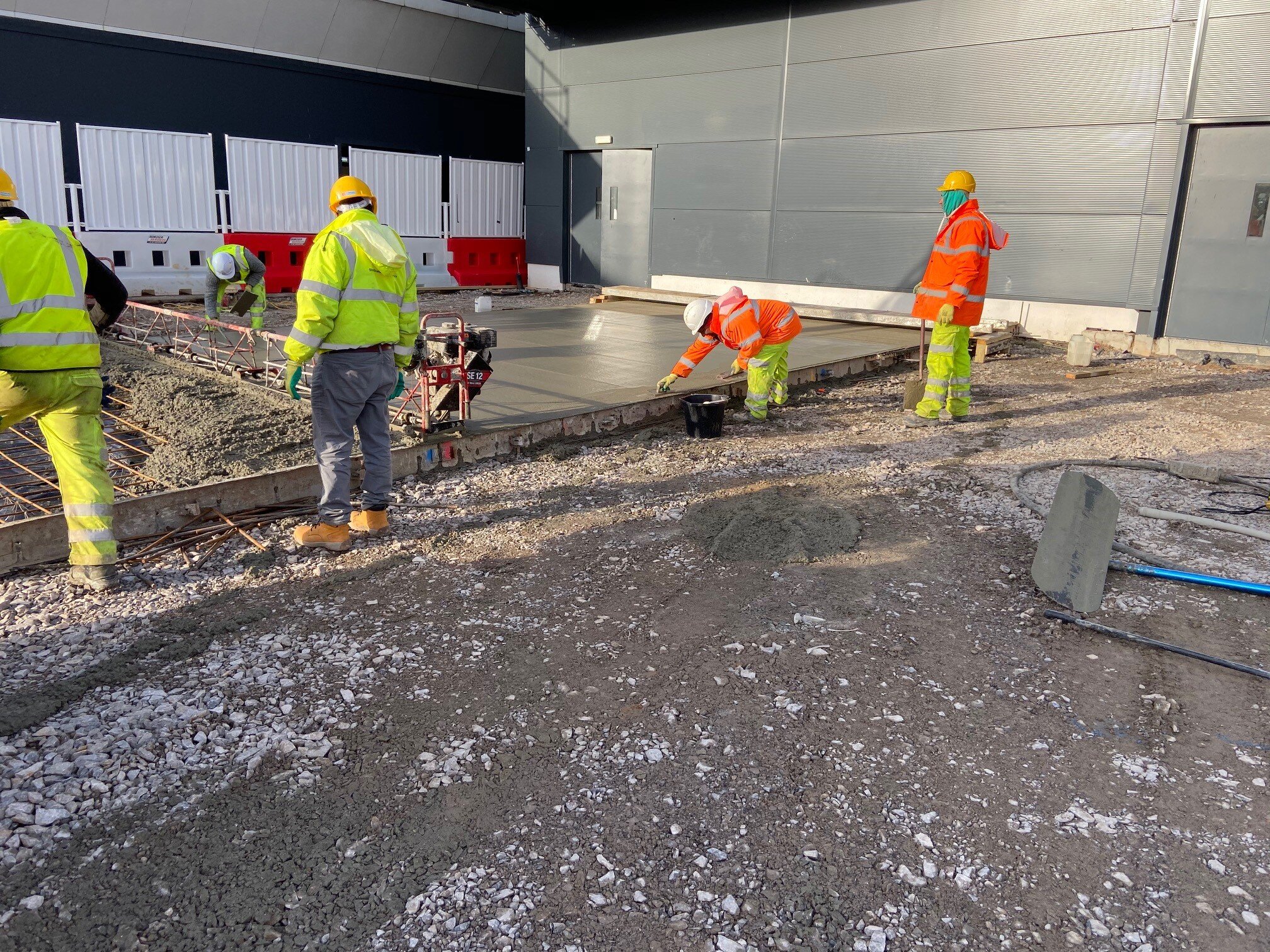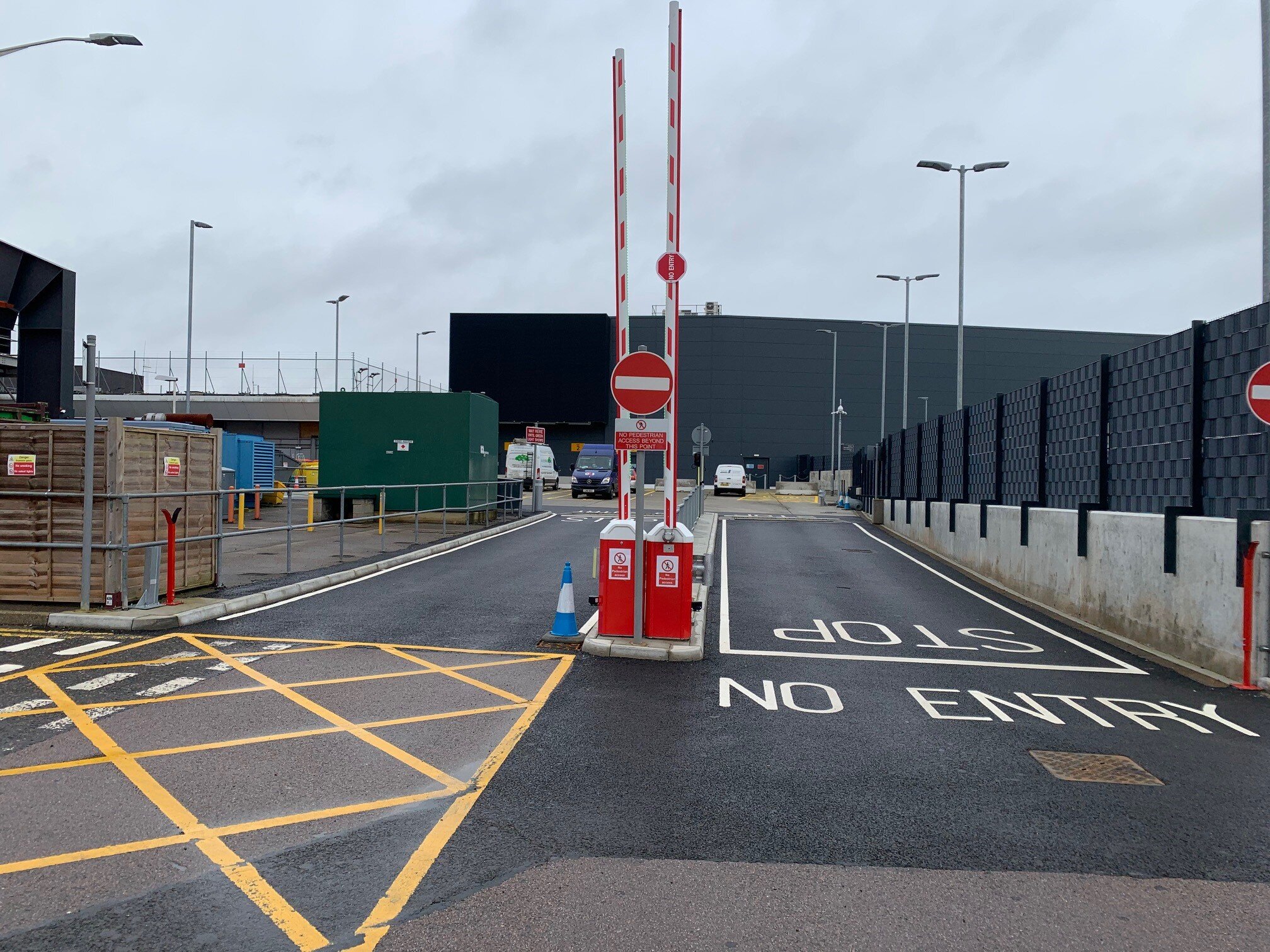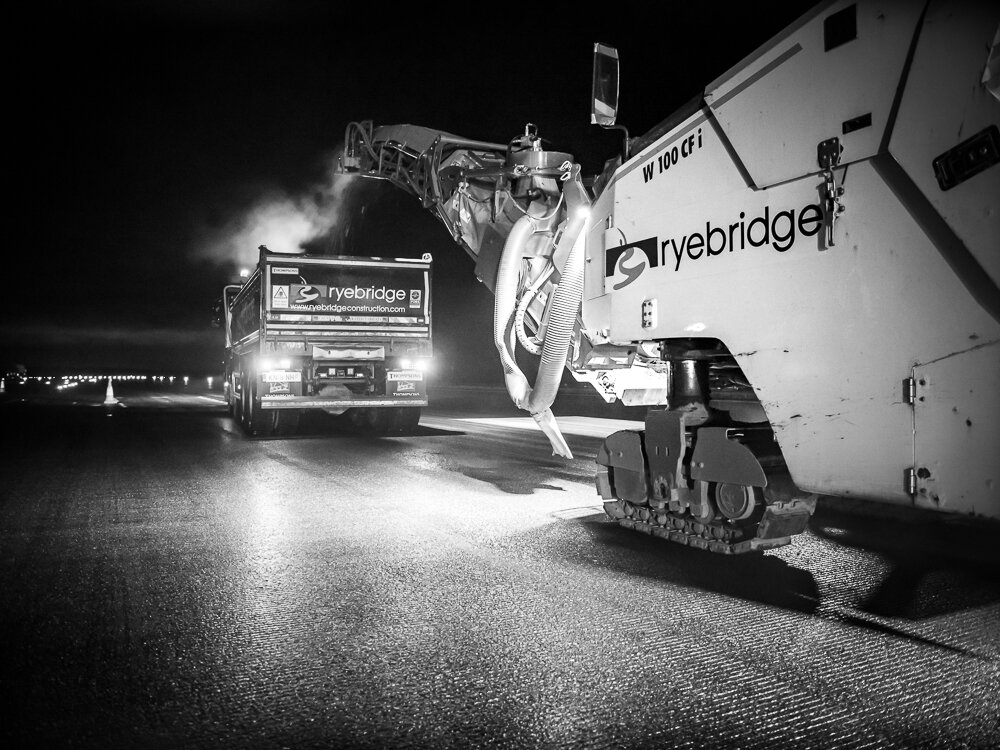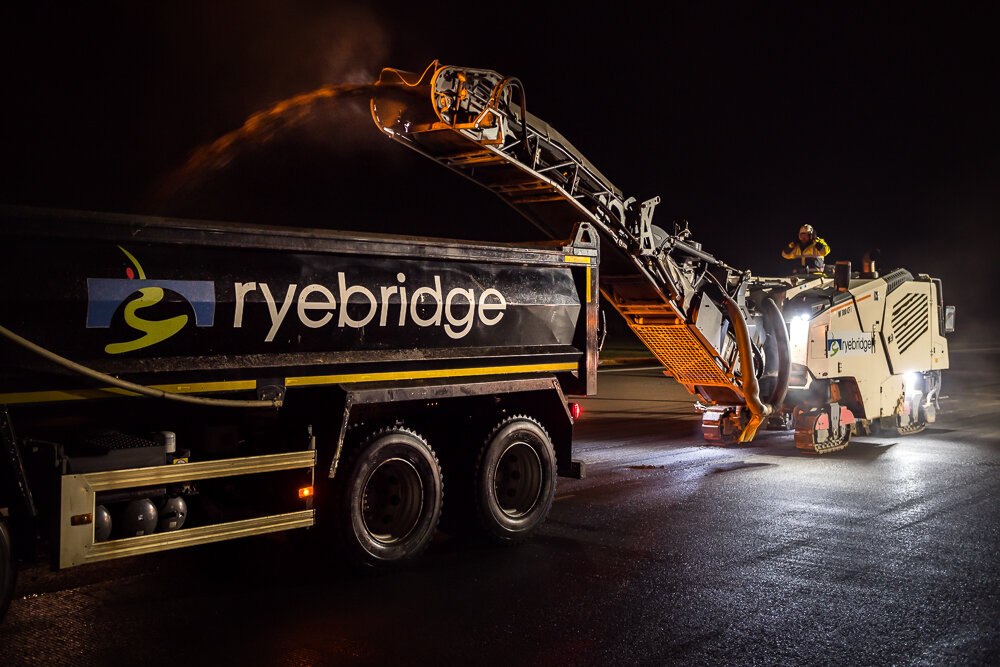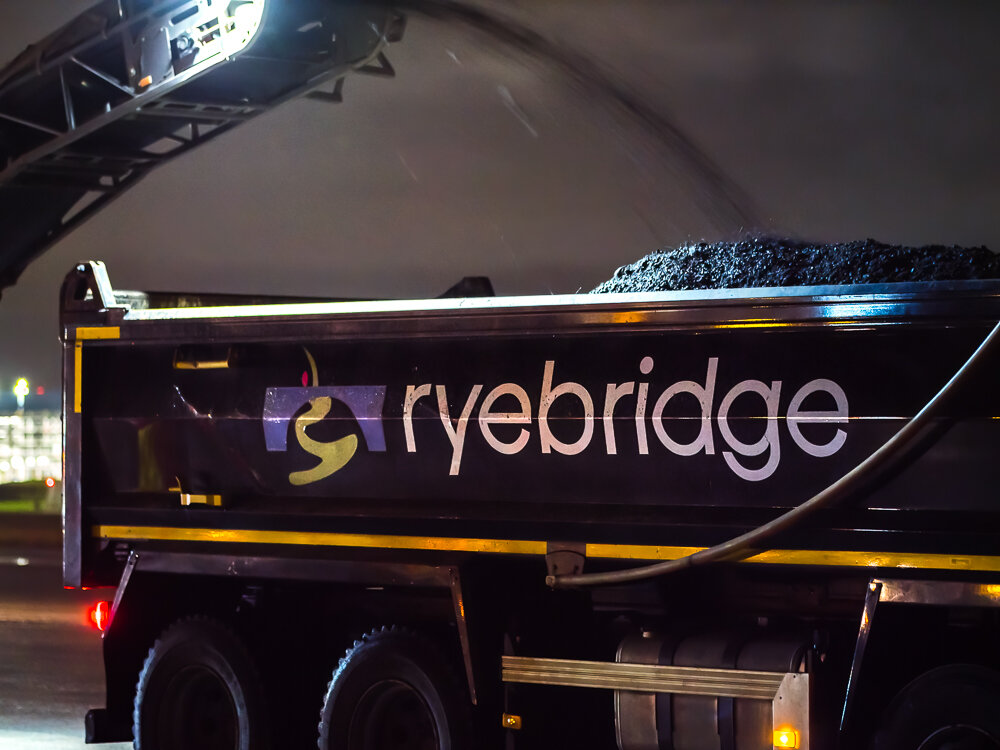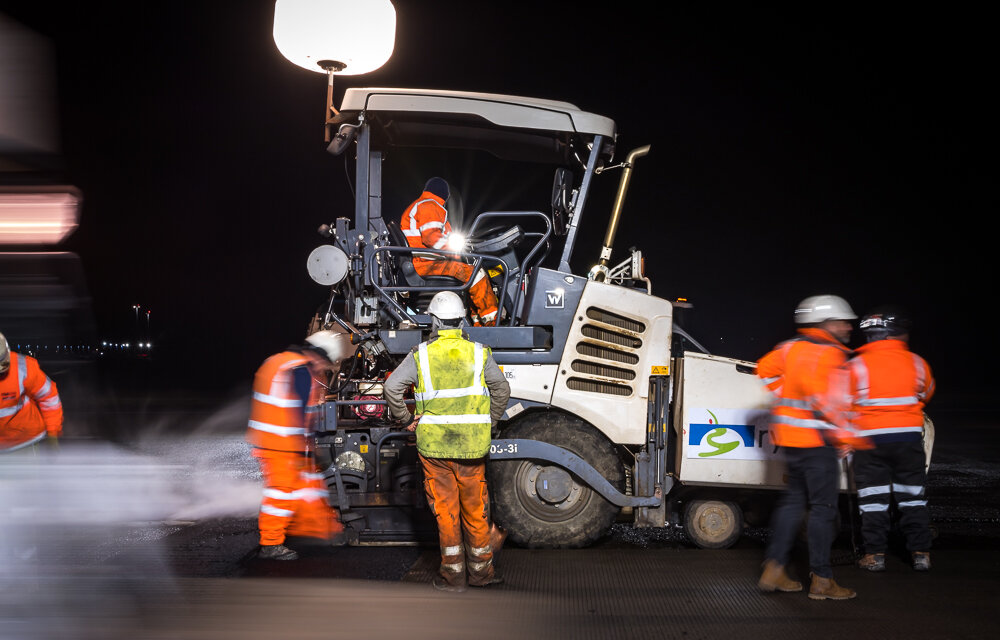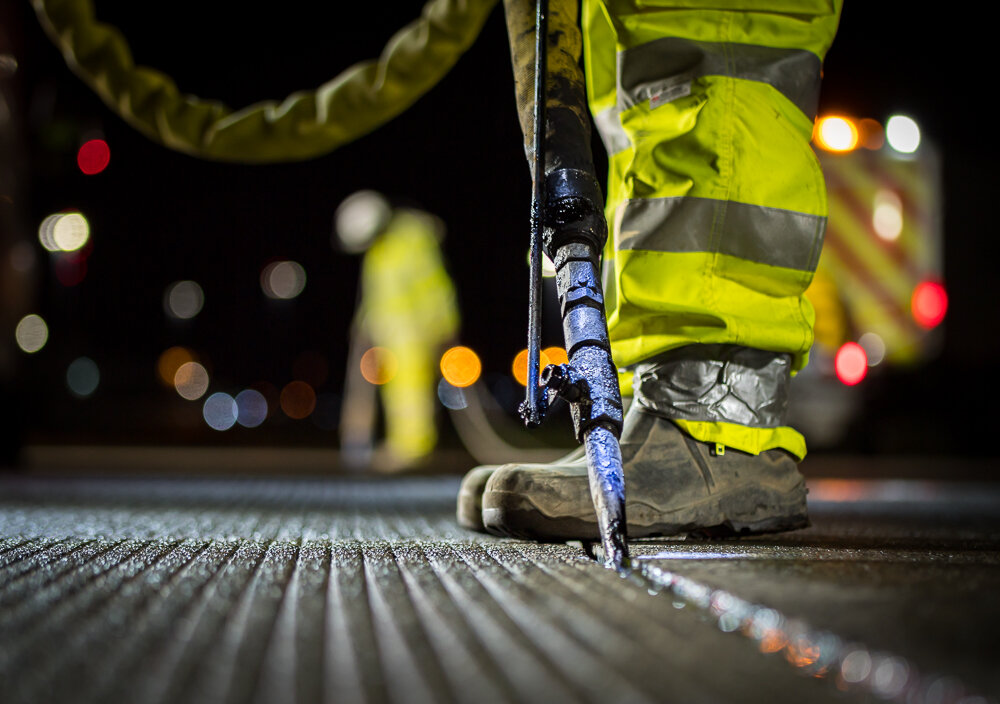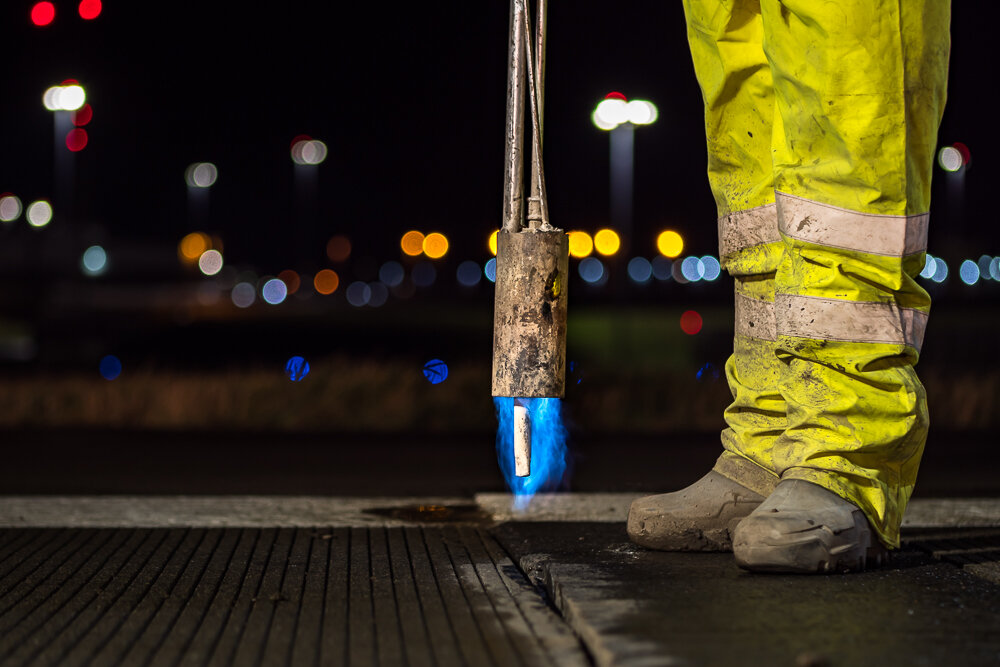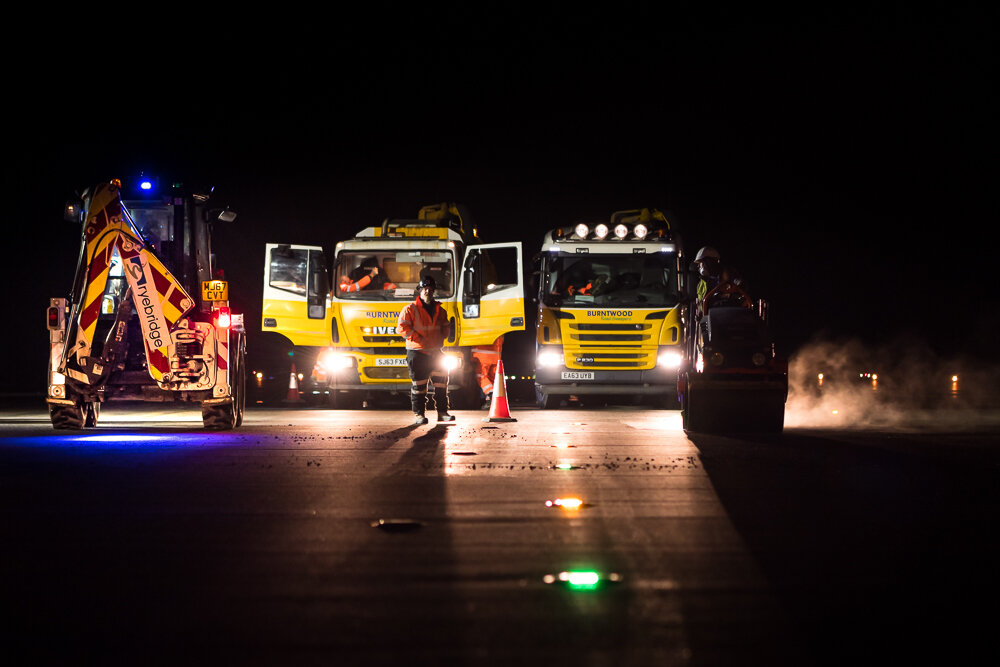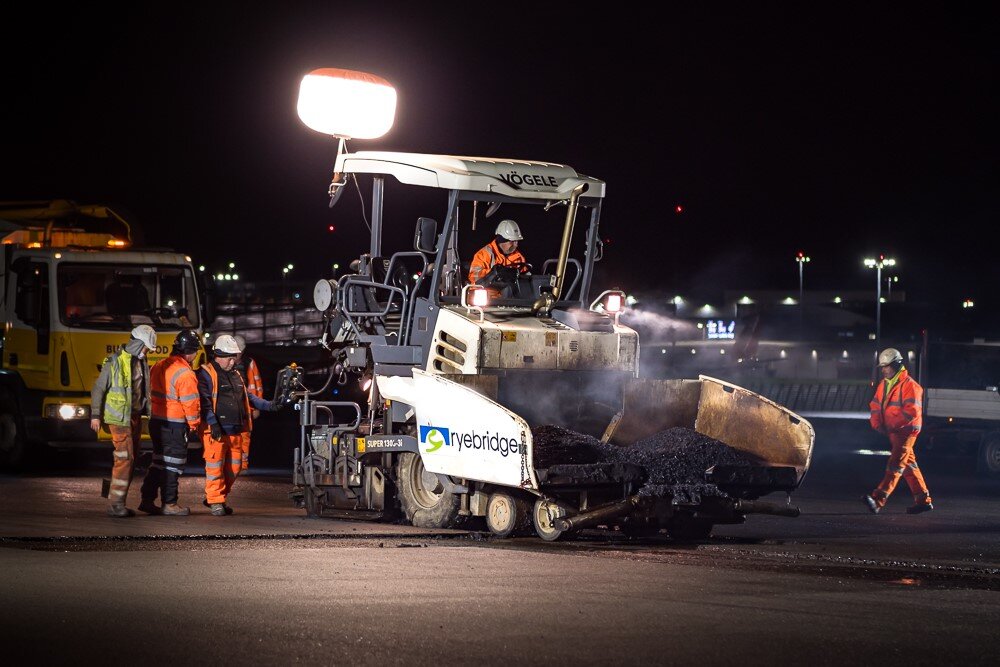Project Works
With the DART Terminal due to imminently open, Ryebridge was engaged by Luton Borough Council to install the access road and paths and public realm areas to allow access from Kimpton Road for the public by footpath and buses on the road.
As well as public realm paving works, the project involved drainage, electrical and street lighting, CCTV and Hostile Vehicle Mitigation (HVM) barriers to be installed along the whole perimeter of the works.
Project Principles and Objectives
The initial plan for this project was to open the DART to the public using the footpath and buses accessing the turning area as quickly as possible. However as the project progressed and designs were reviewed this changed changed from doing the minimum to ensuring all the following were achieved:
Appearance: The space needed to present the best possible visuals to the public accessing the DART station:
Security: The whole area needed to have Hostile Vehicle Mitigation barriers installed at any possible access to the DART;
Electrical and communication – There needed to be increased collaboration between various stakeholders, including UK Power Networks, BT, the DART CCTV operator, Luton Borough Council CCTV and LBC street lighting teams to ensure the finished project had the correct apparatus working to deliver the streamlined service required.
This meant there was significant change to the initial project, requiring Ryebridge to adapt the work in order to ensure the highest level of quality was achieved.
The original contract value was approximately £800K, but the project finished at £2.6m.
Project Quantities
Bulk excavation and disposal: 2,813.50m3
Tarmac surfacing: 5,621m2
Block paving: 1,480m2
Kerbing: 1,000m
Infiltration drainage tank: 360m3
Drainage runs: 617m
Pump station: 2no.
Electrical and CCTV ducting: 3,634m
Counterterror blocks: 41no.
HVM raising bollards: 15no.
Collaboration and Design
The designer for this project was WSP (although they were bought out by CAPITA during the lifecycle of the works) and Ryebridge was not responsible for any of the design works.
However, we soon realised that if we did not facilitate collaboration and bring all of the relevant parties onto the site to run through key issues together, the project would stall and might not get delivered at all.
As a result we were able to work beyond the initial scope to ensure the successful delivery of what was a very challenging project. We were able to utilise our local knowledge and network of key collaborators and supply chain to ensure this project was successfully delivered



























